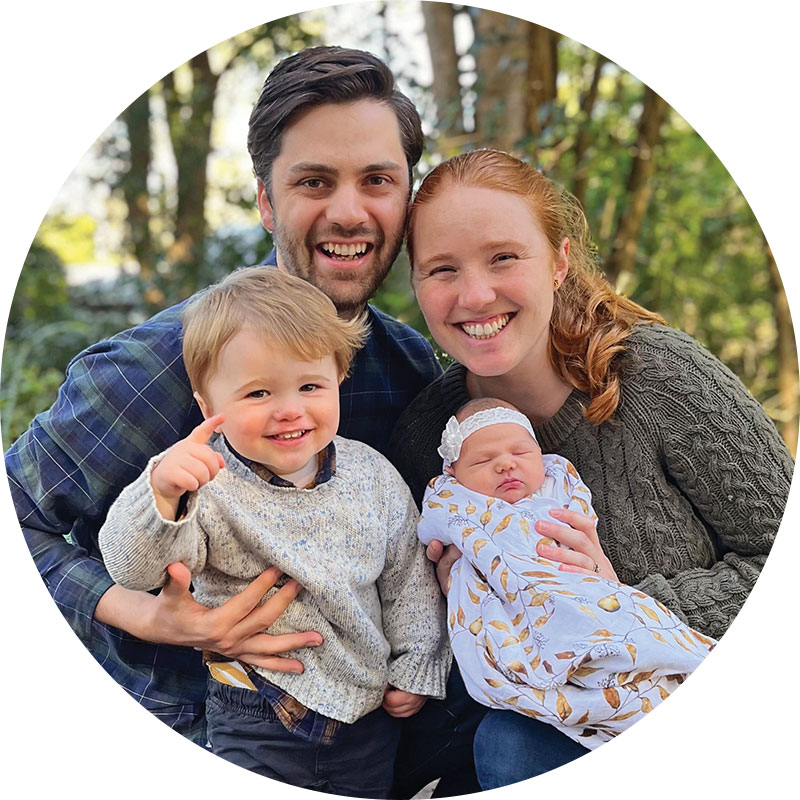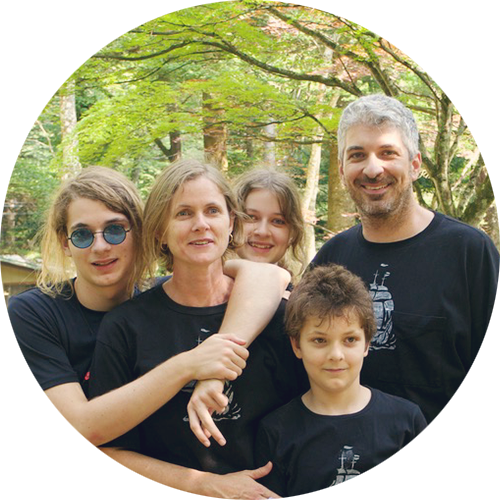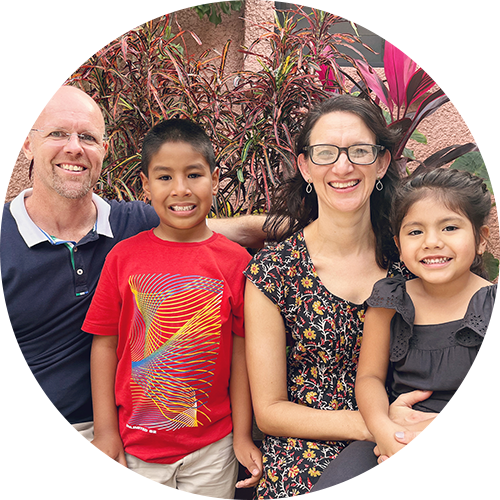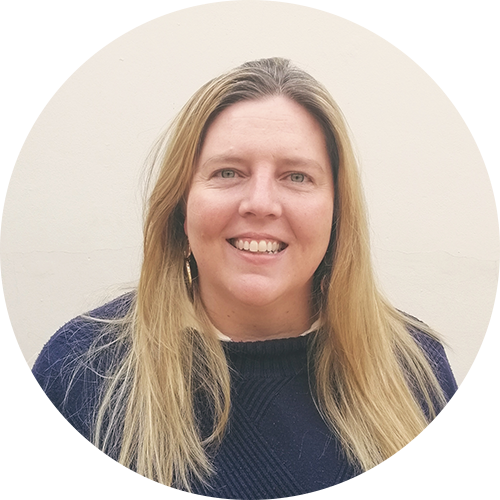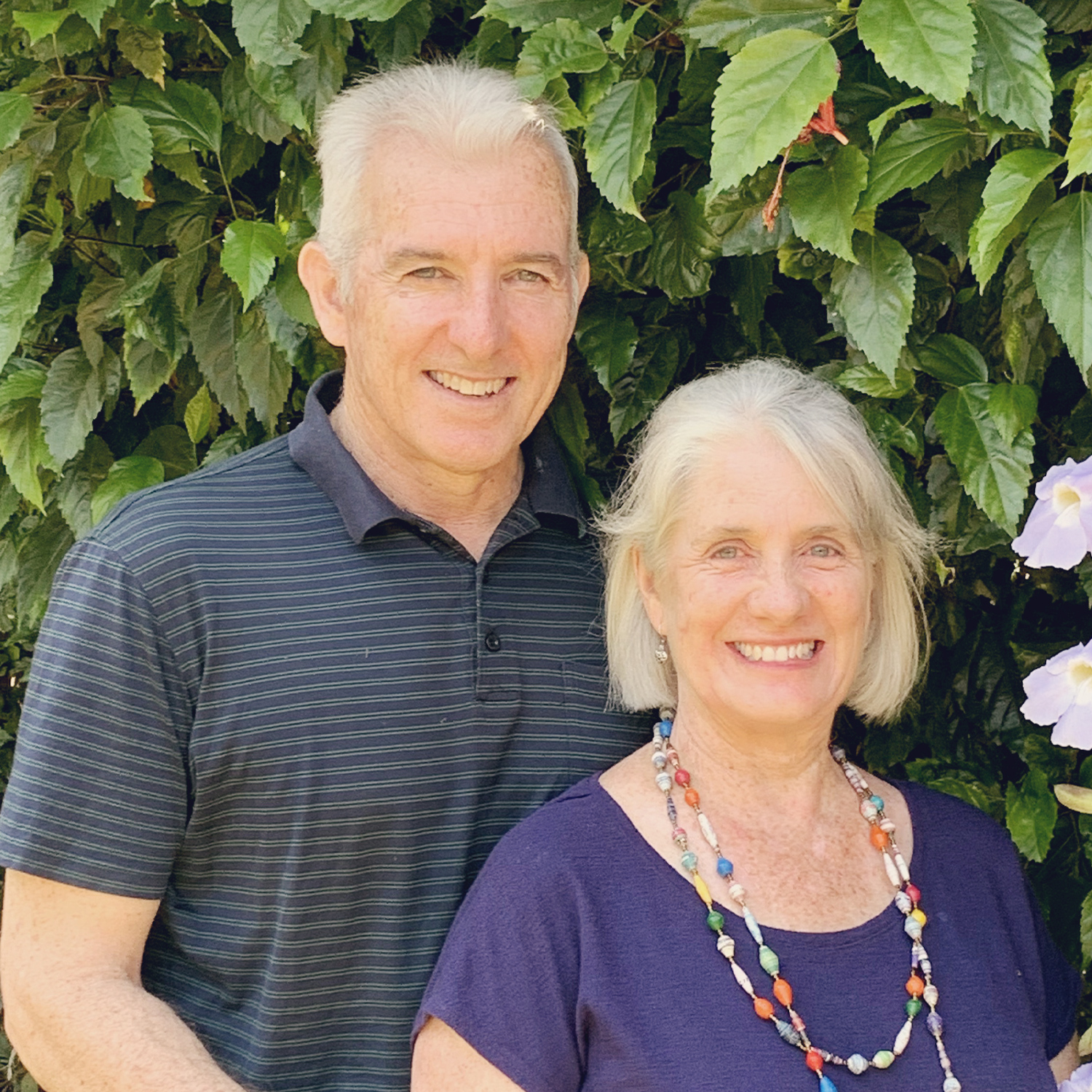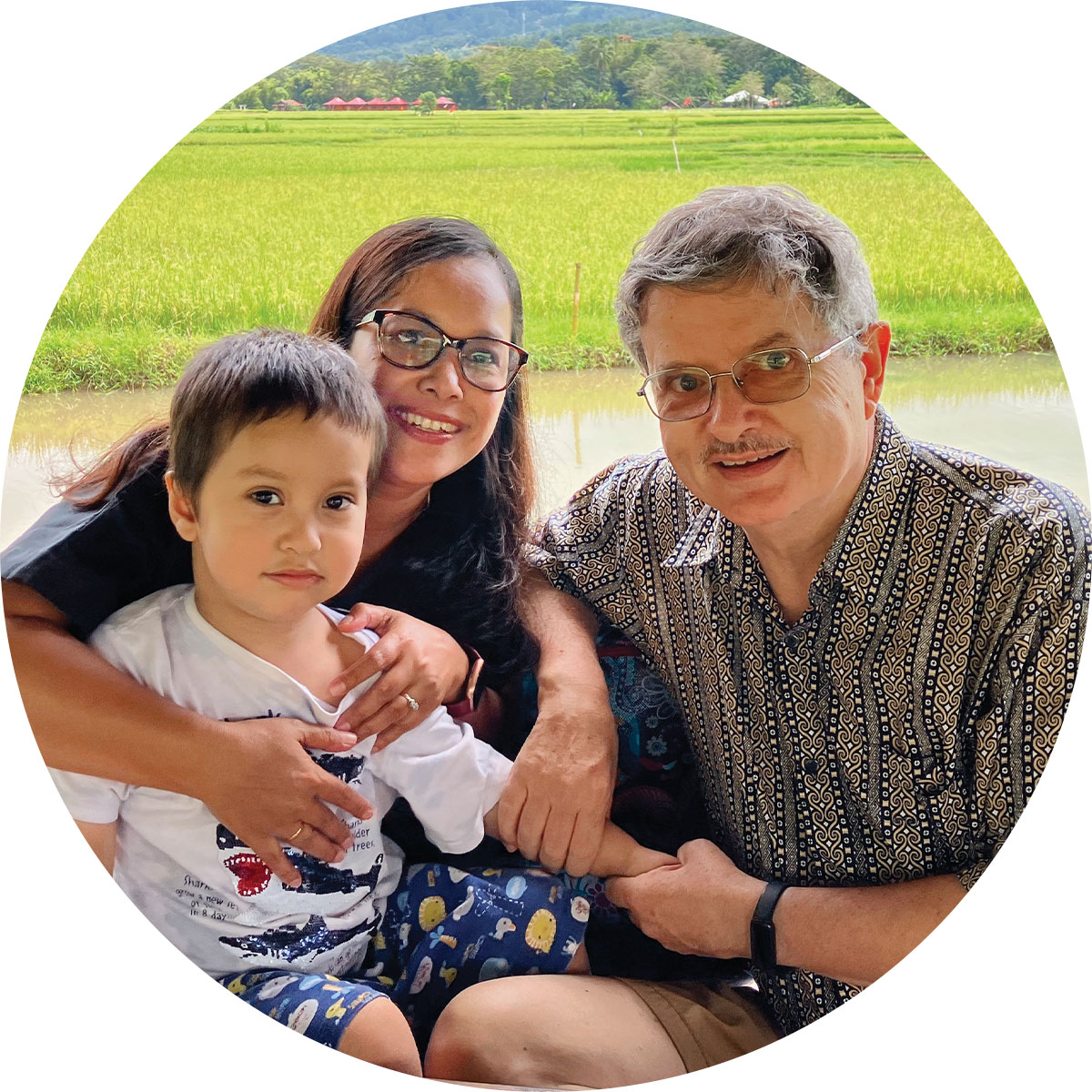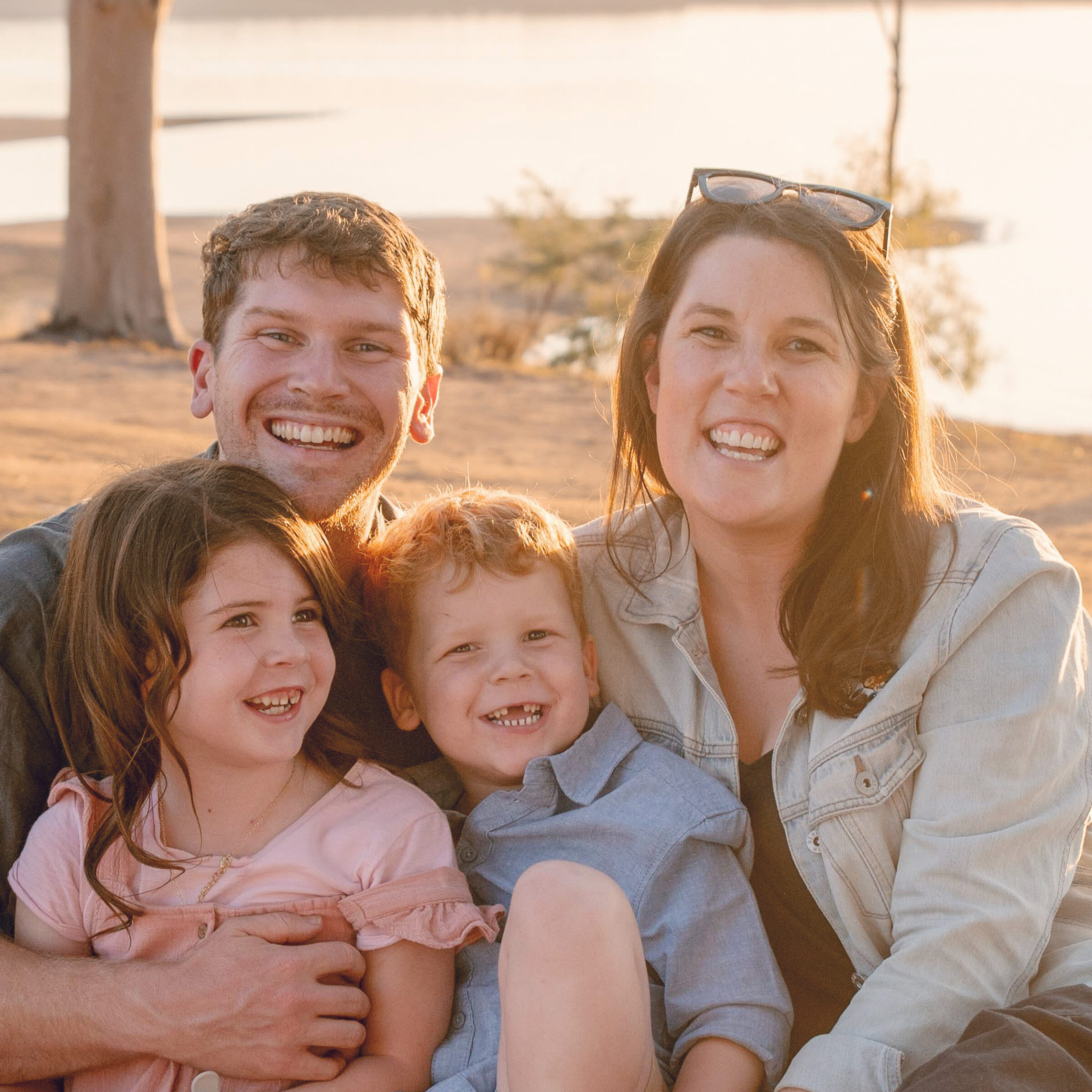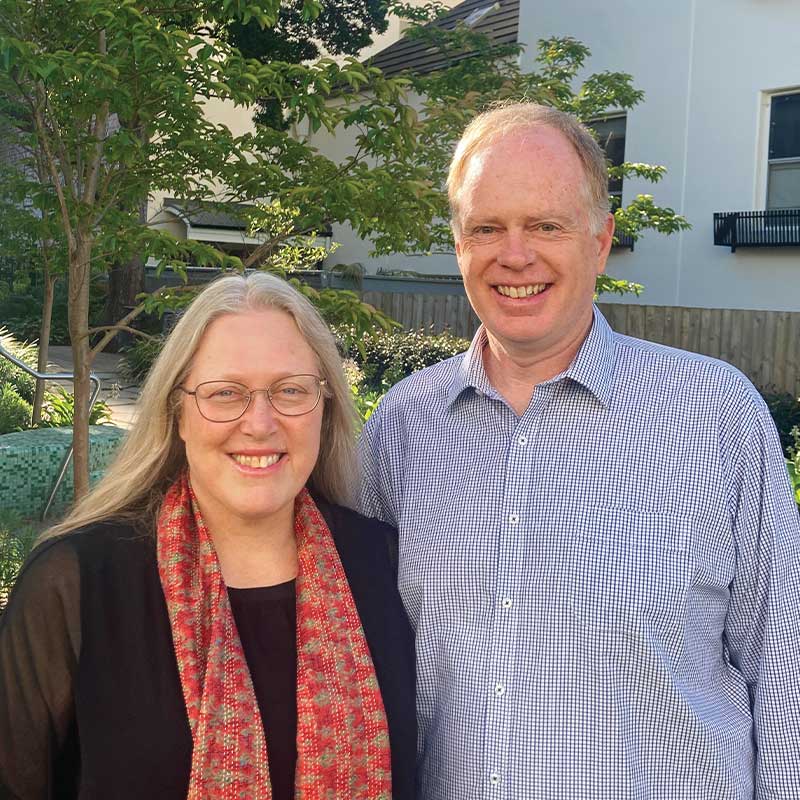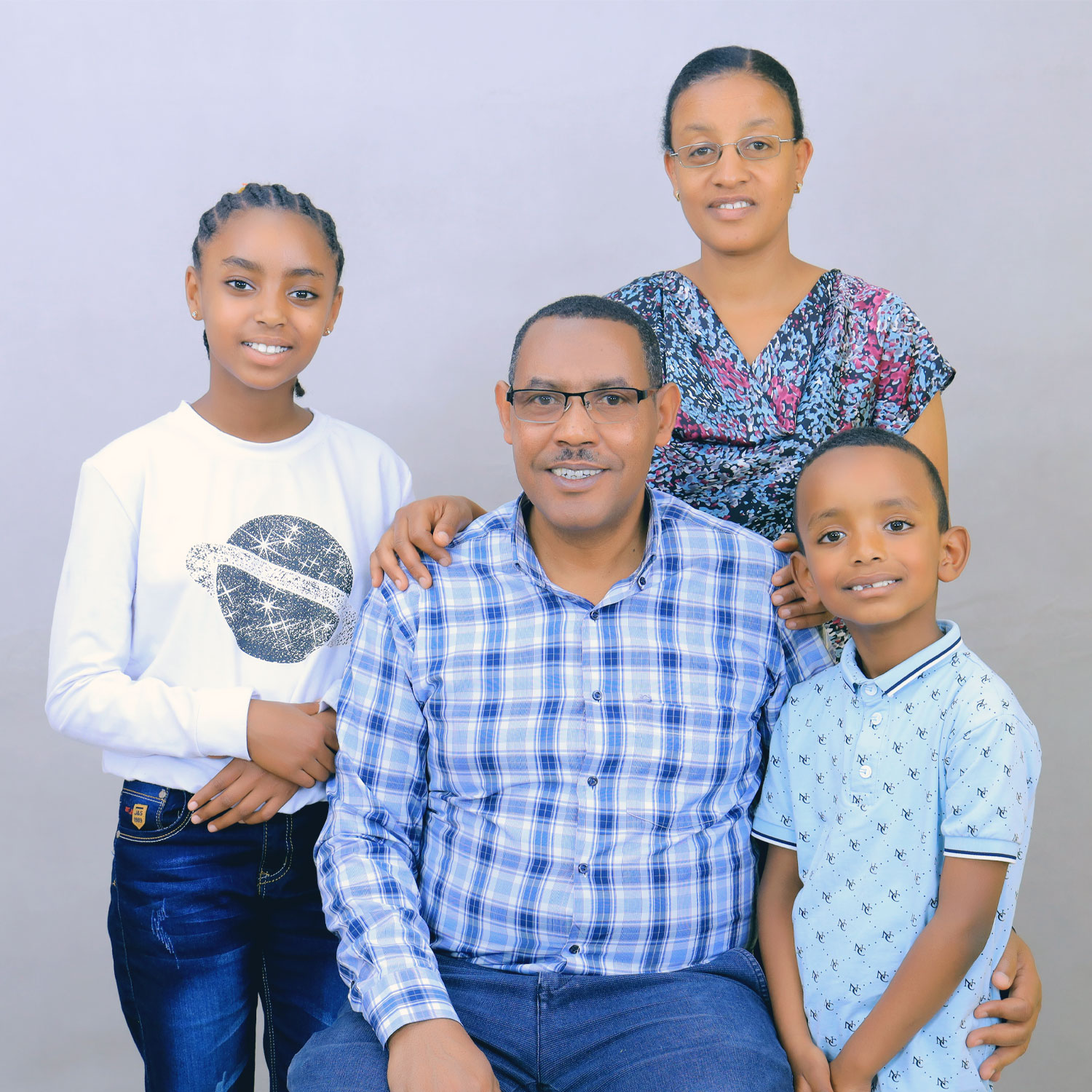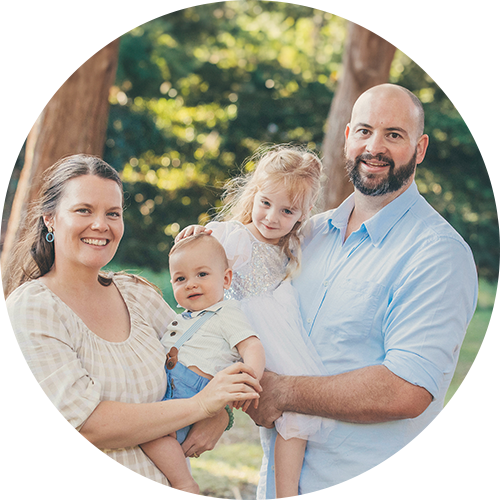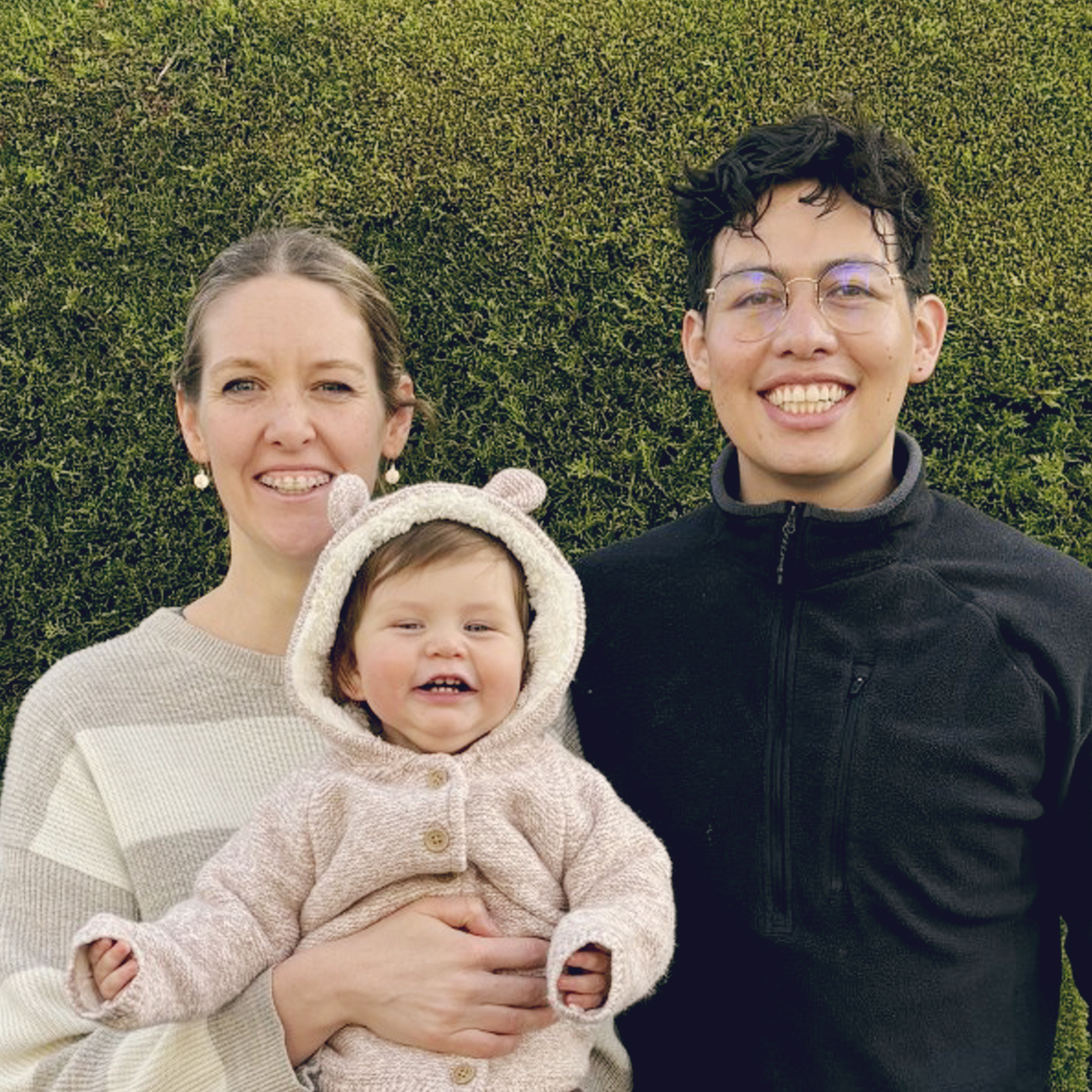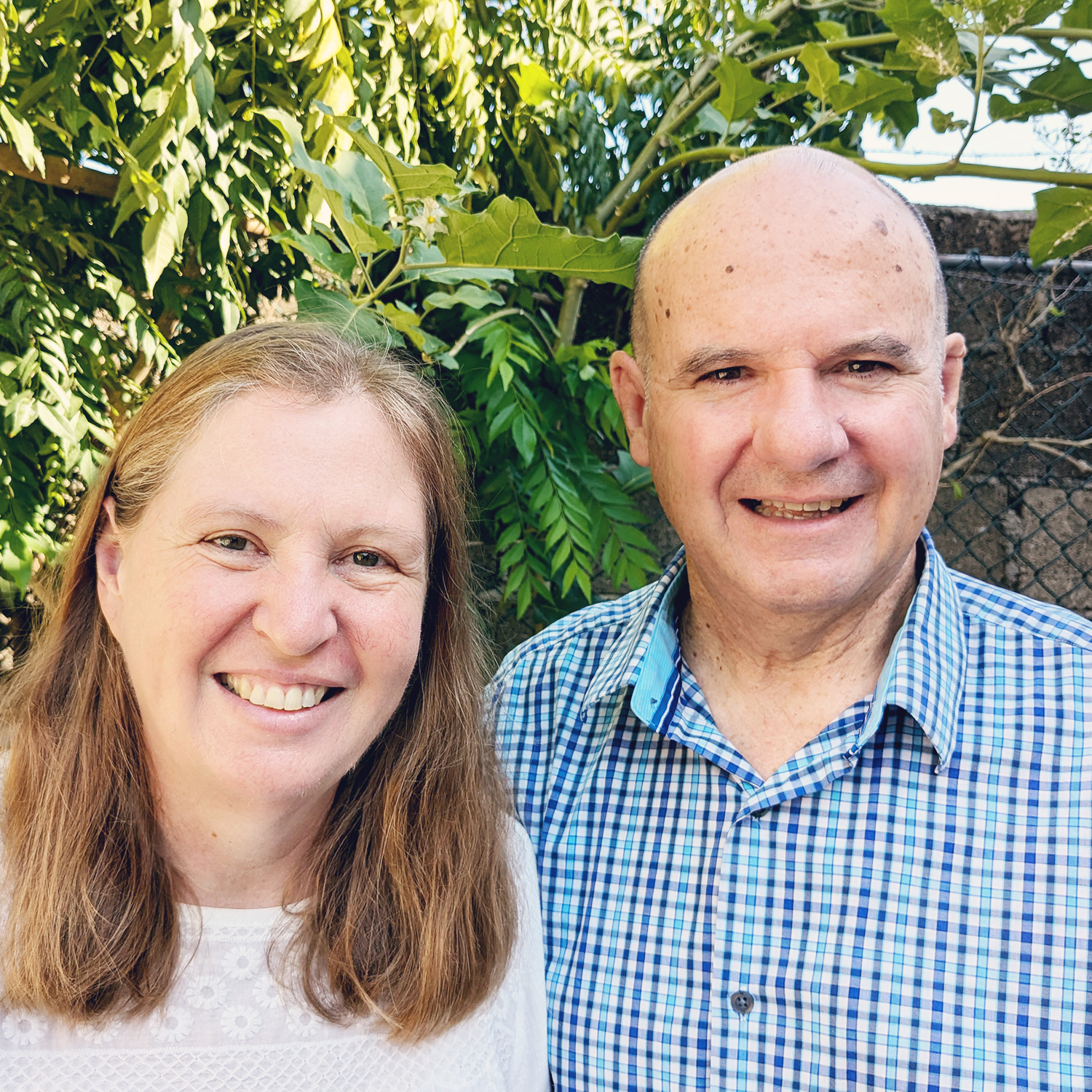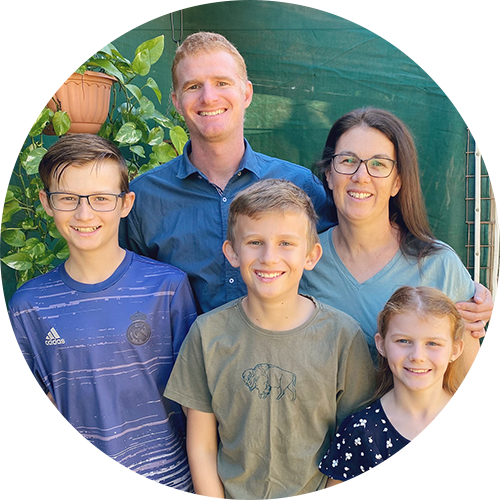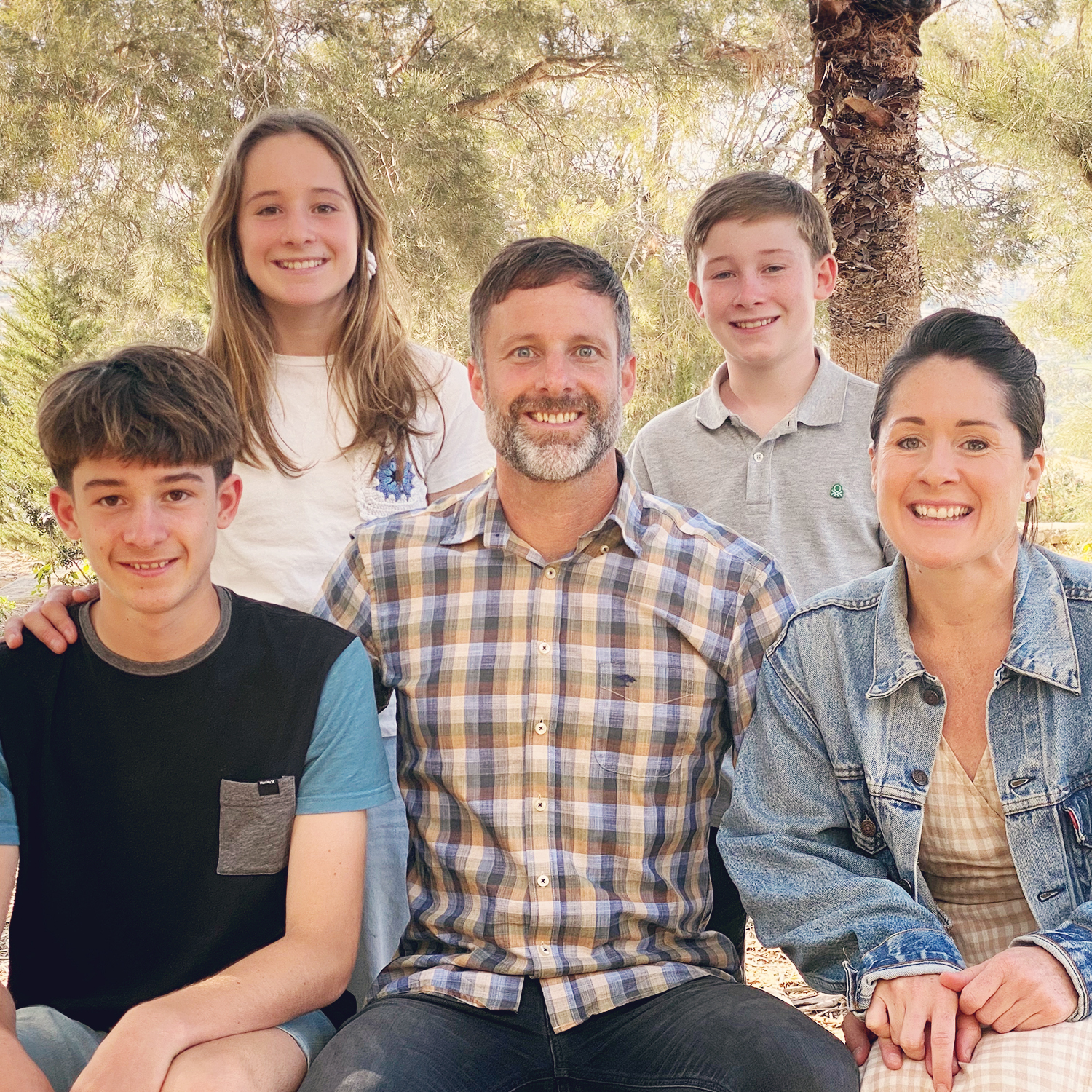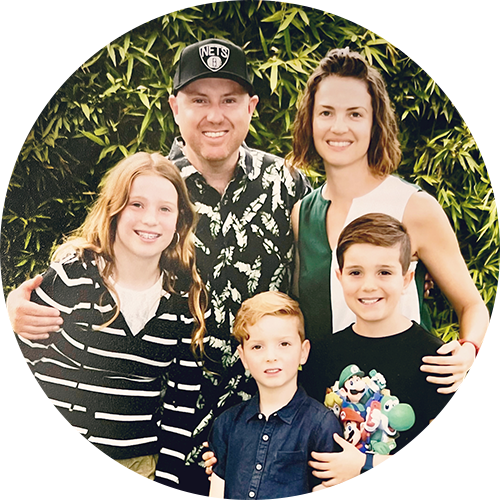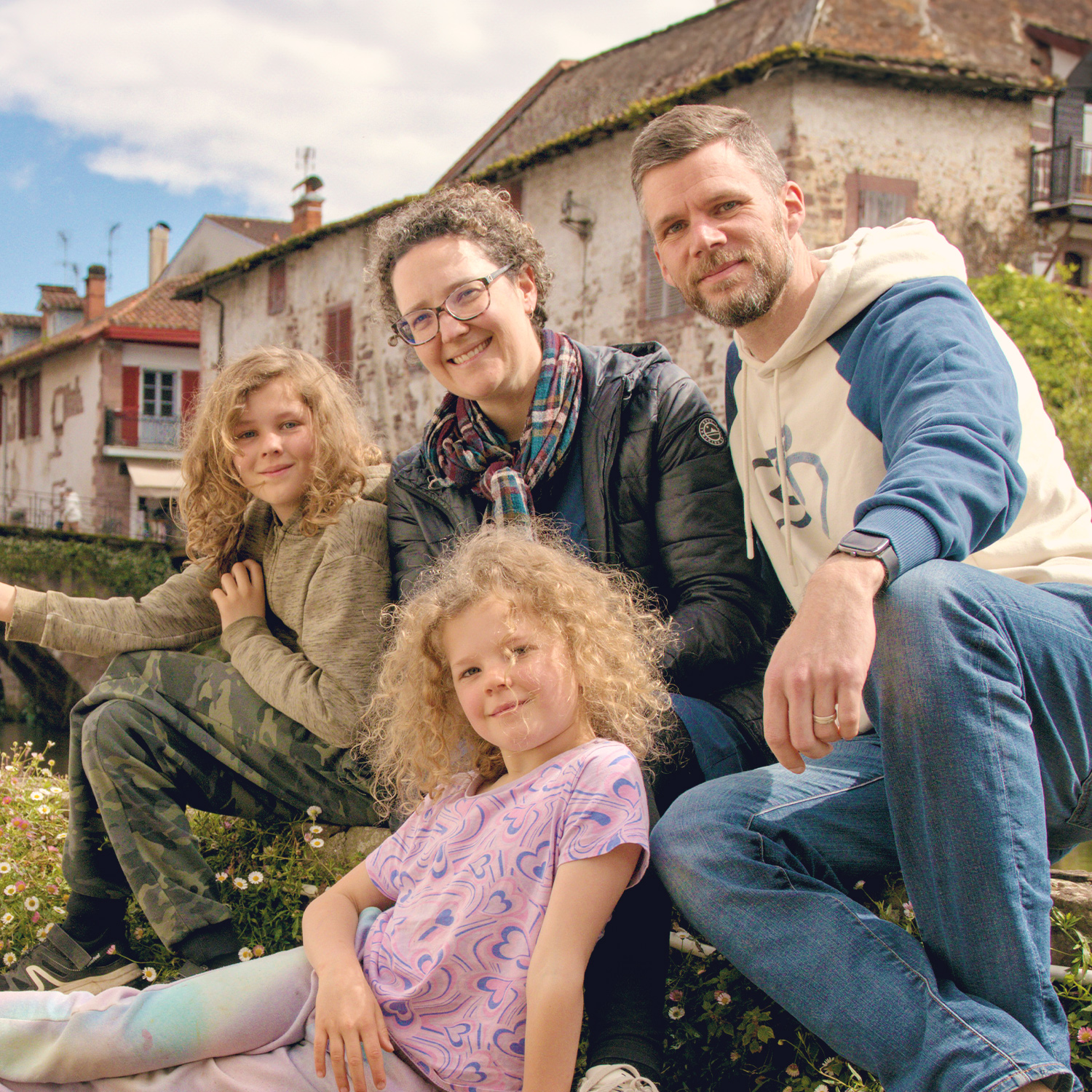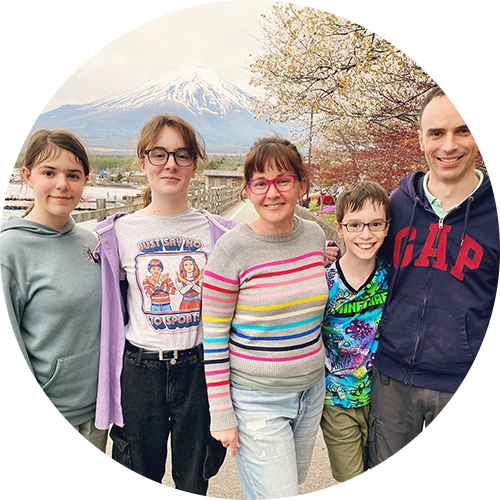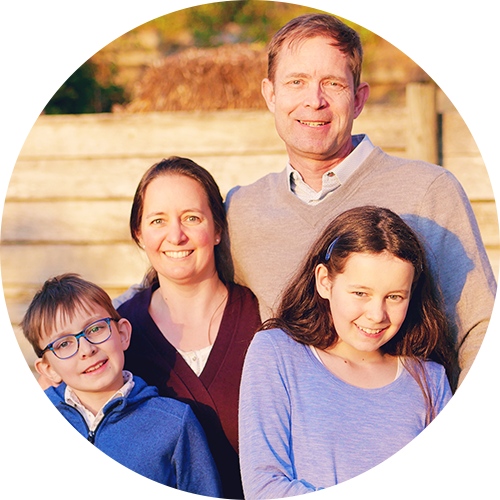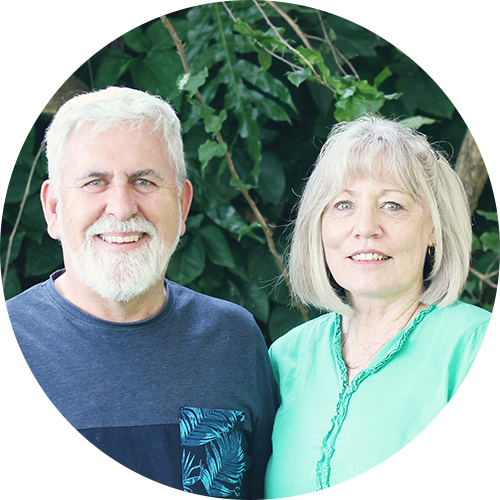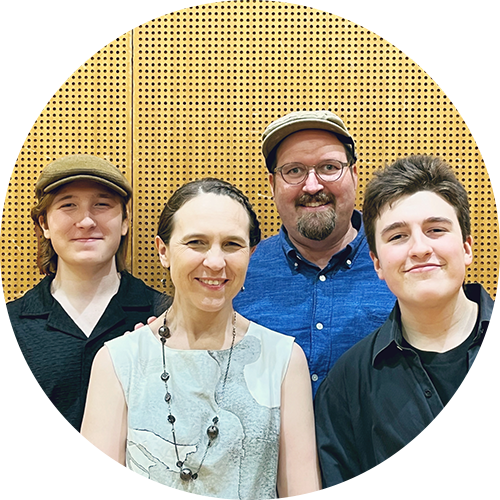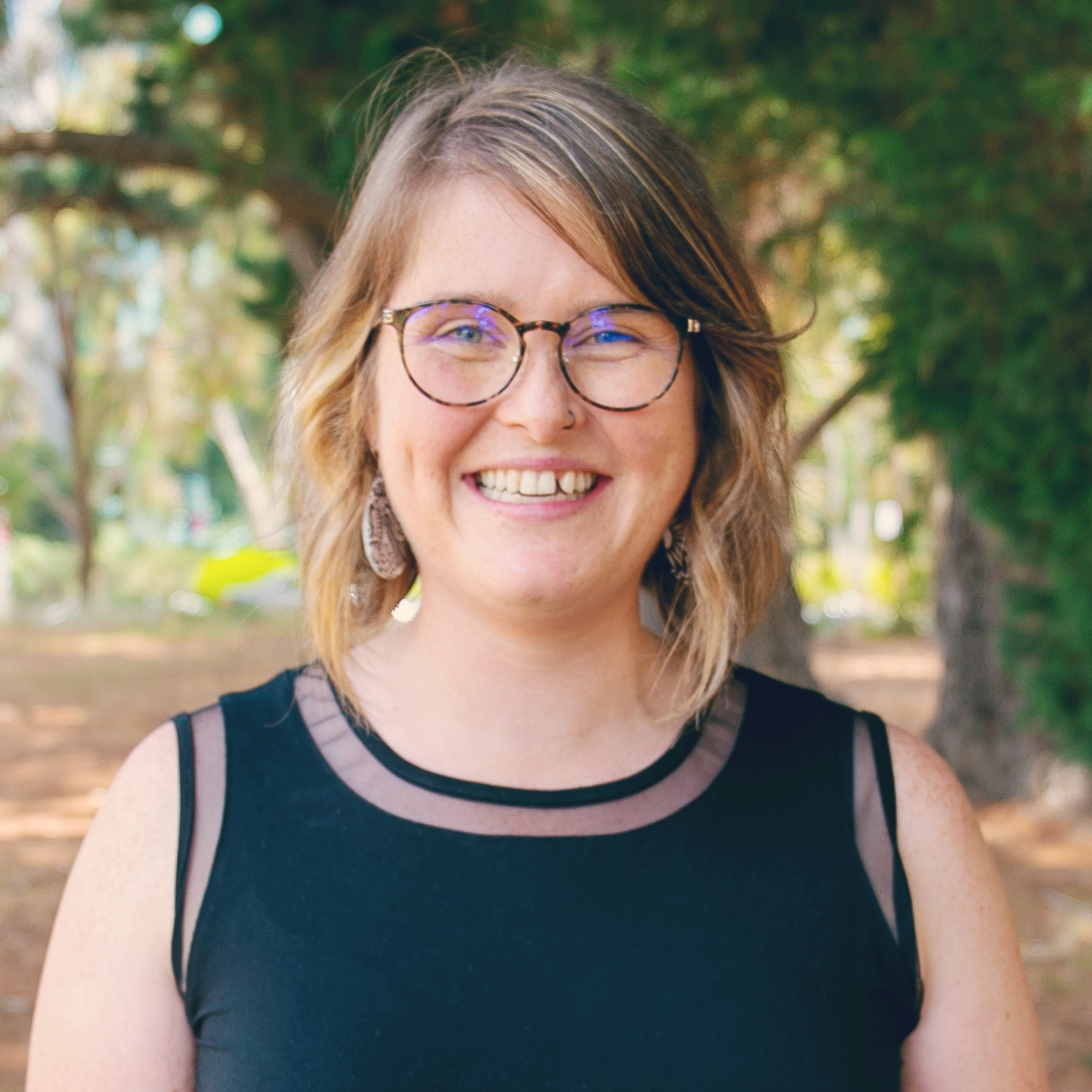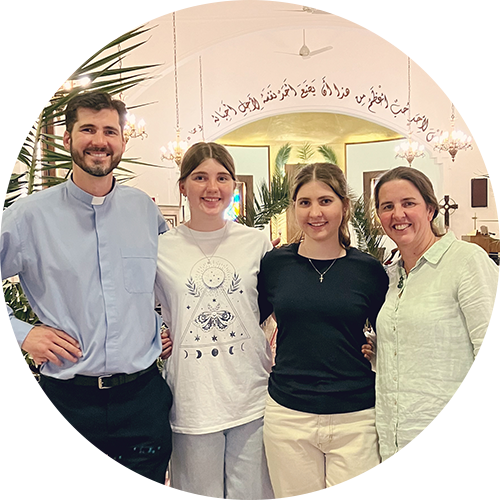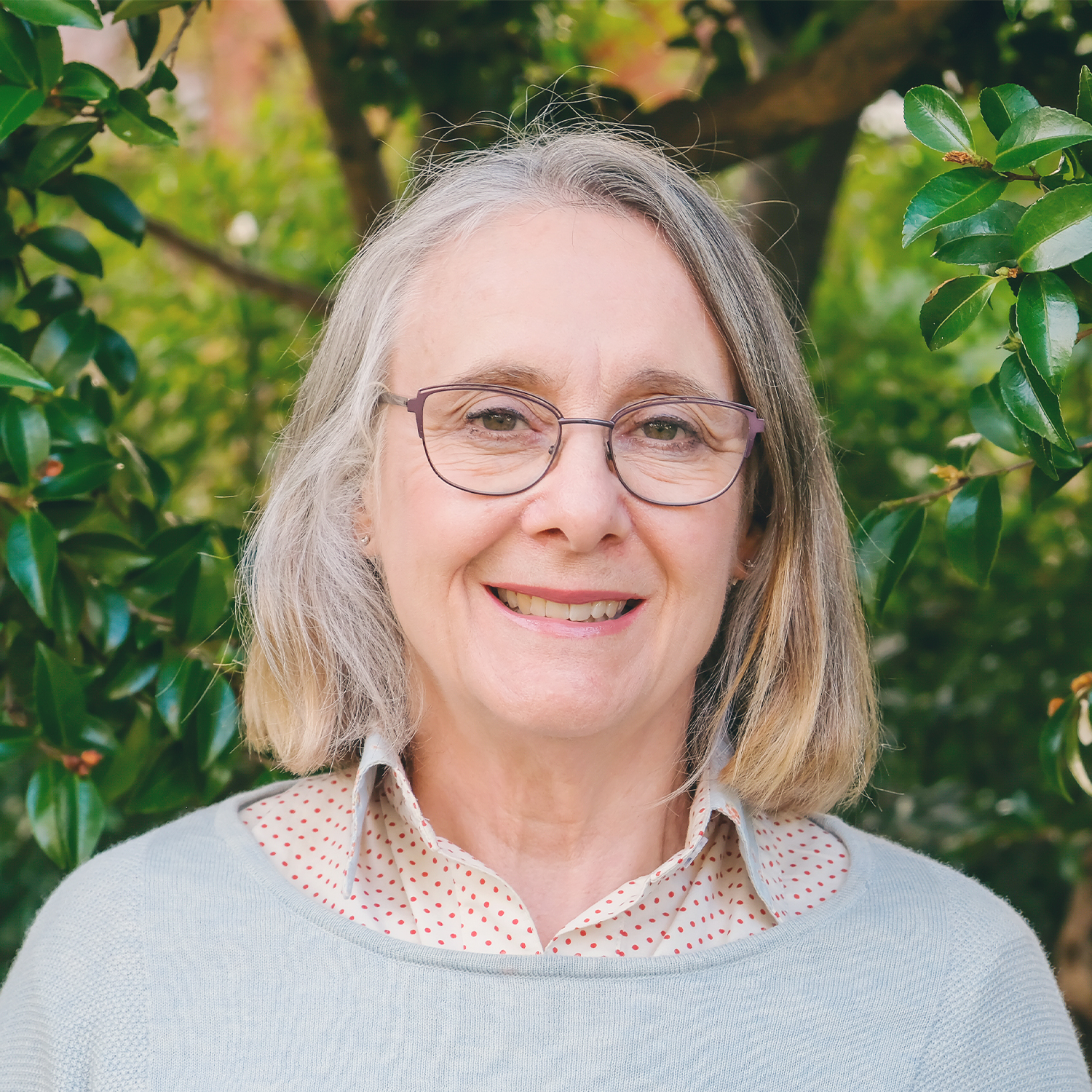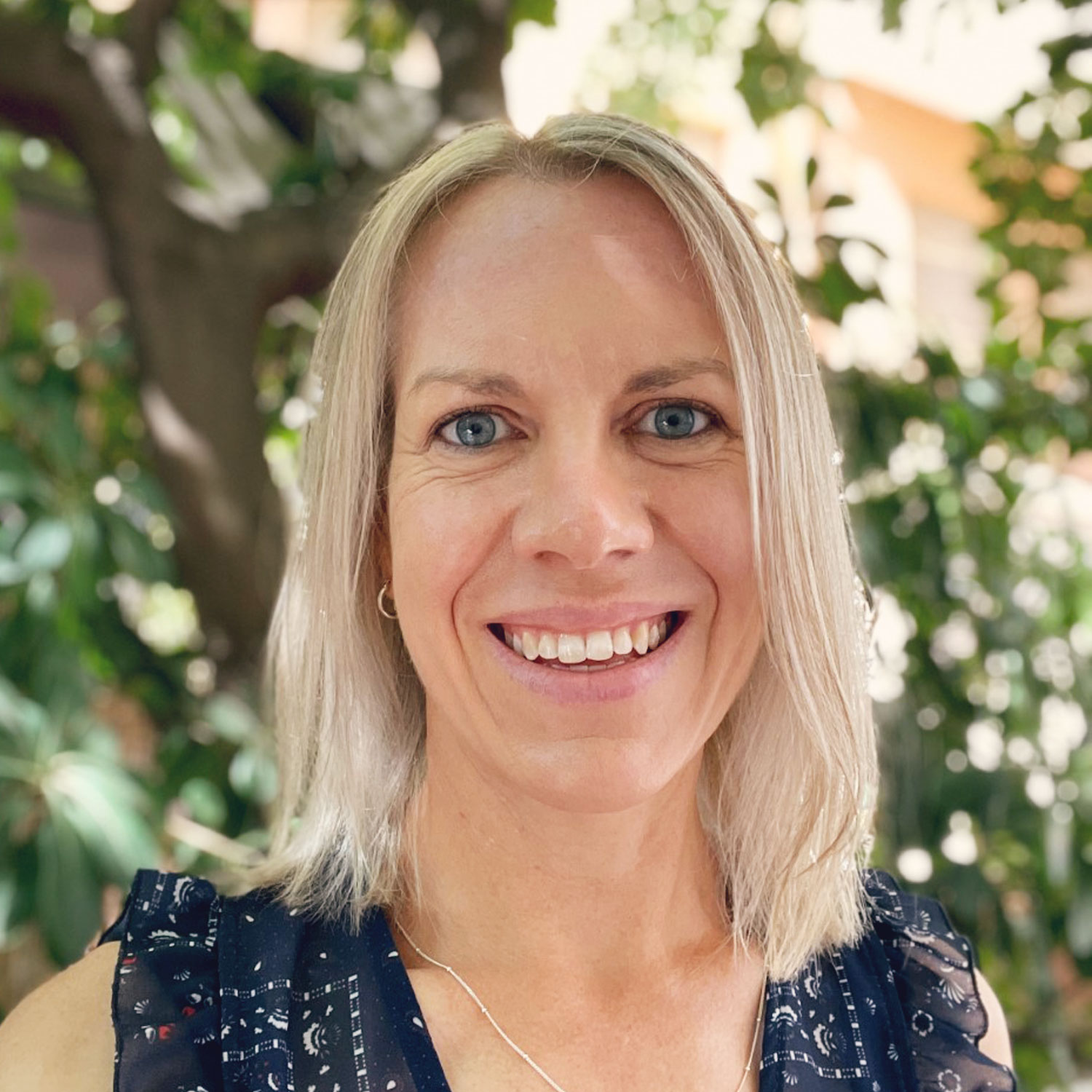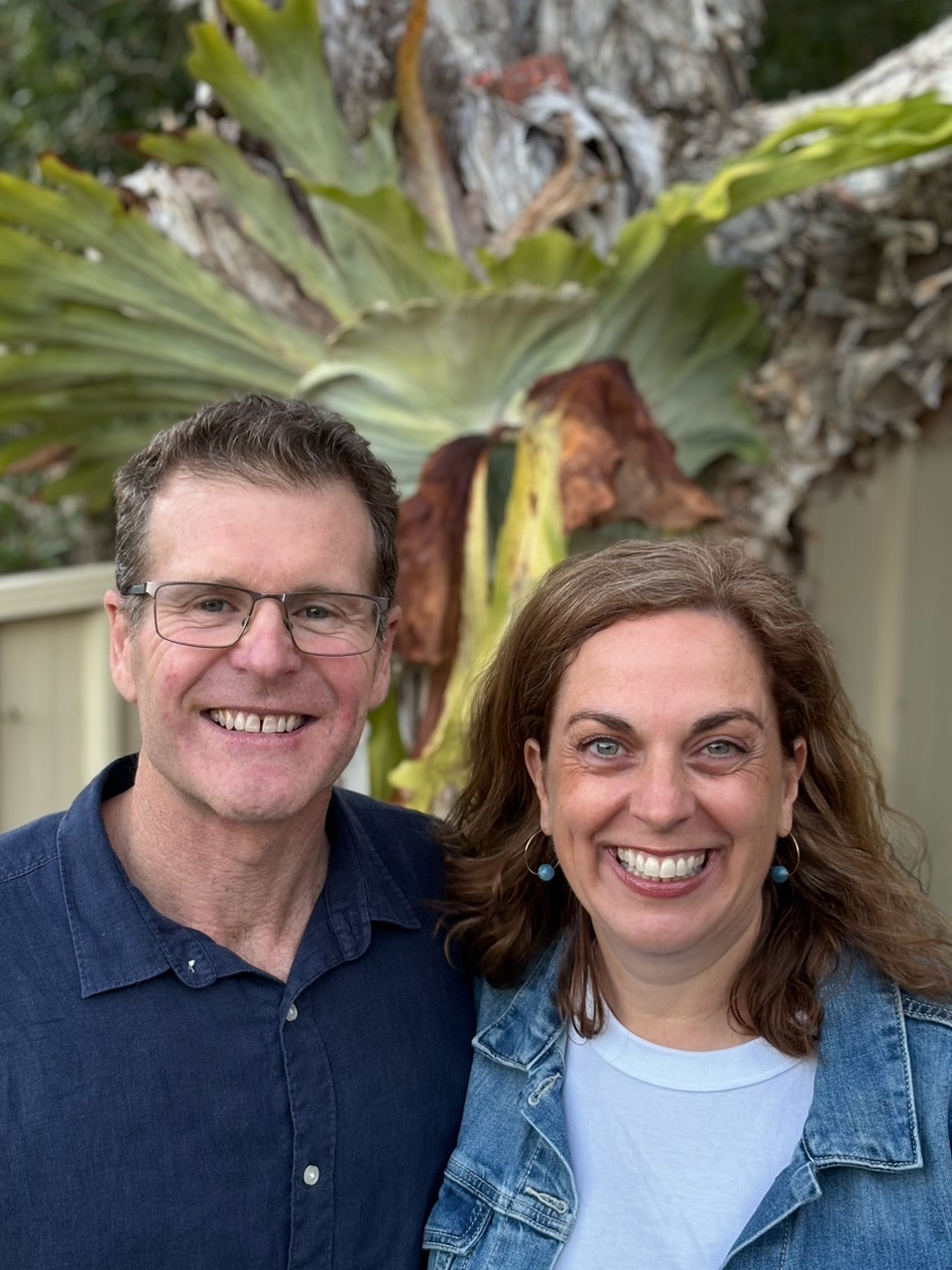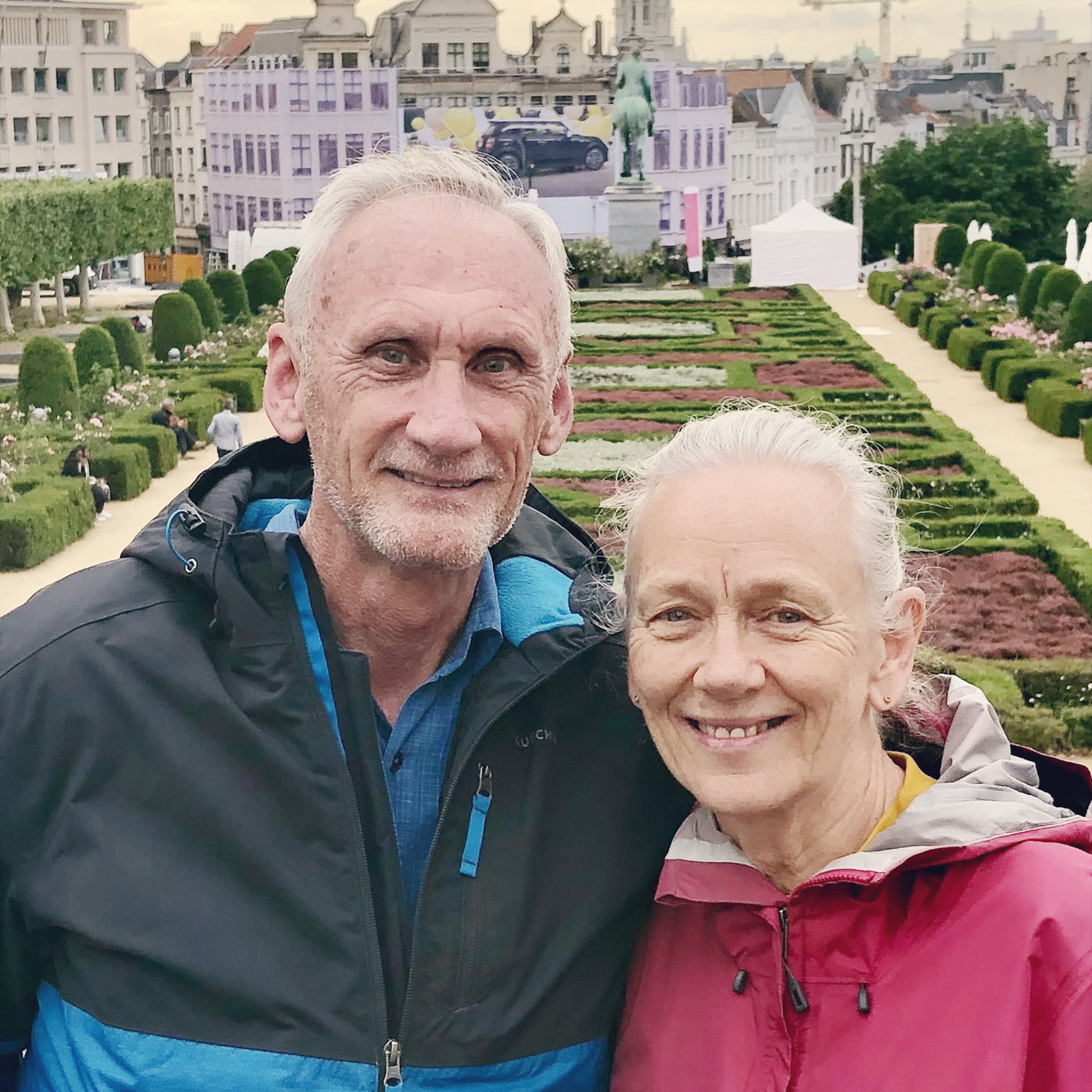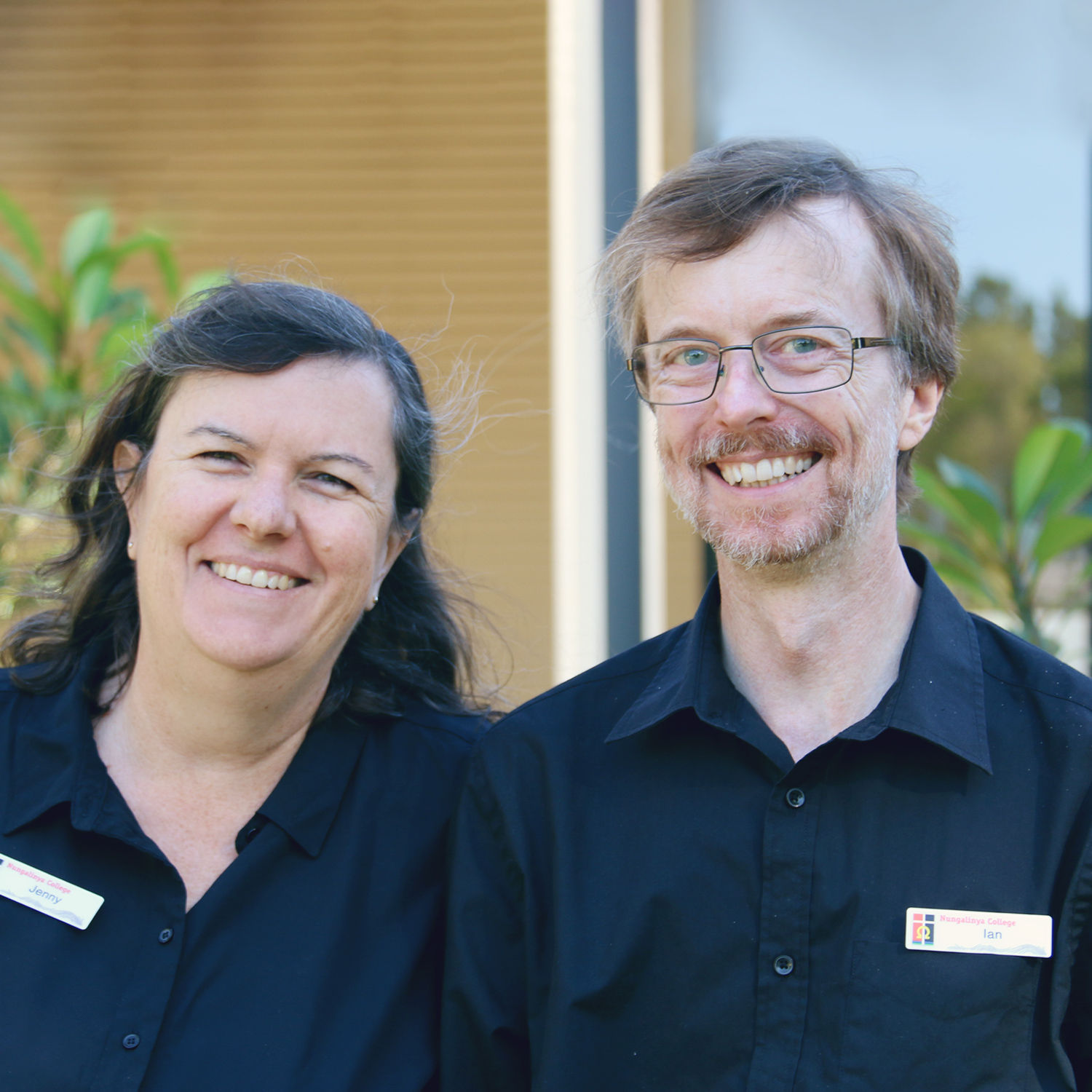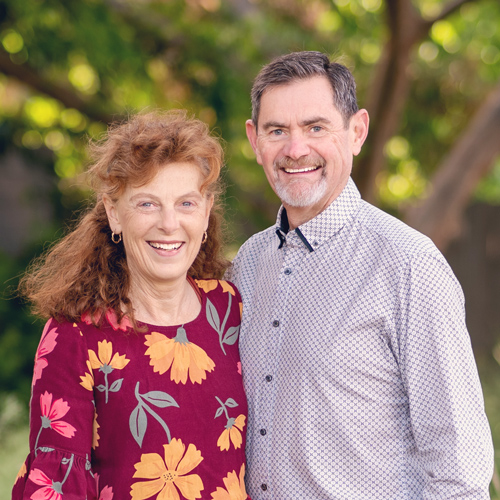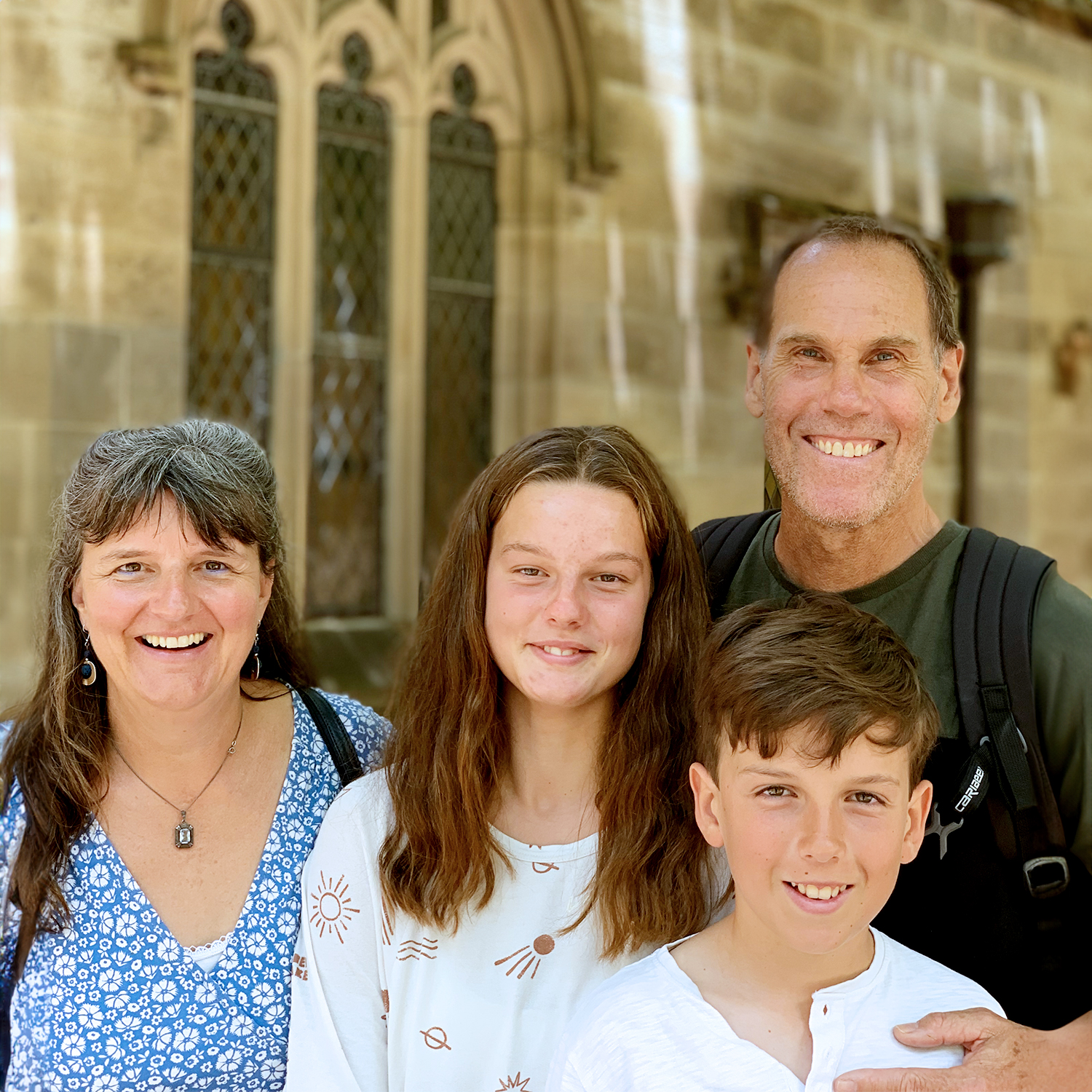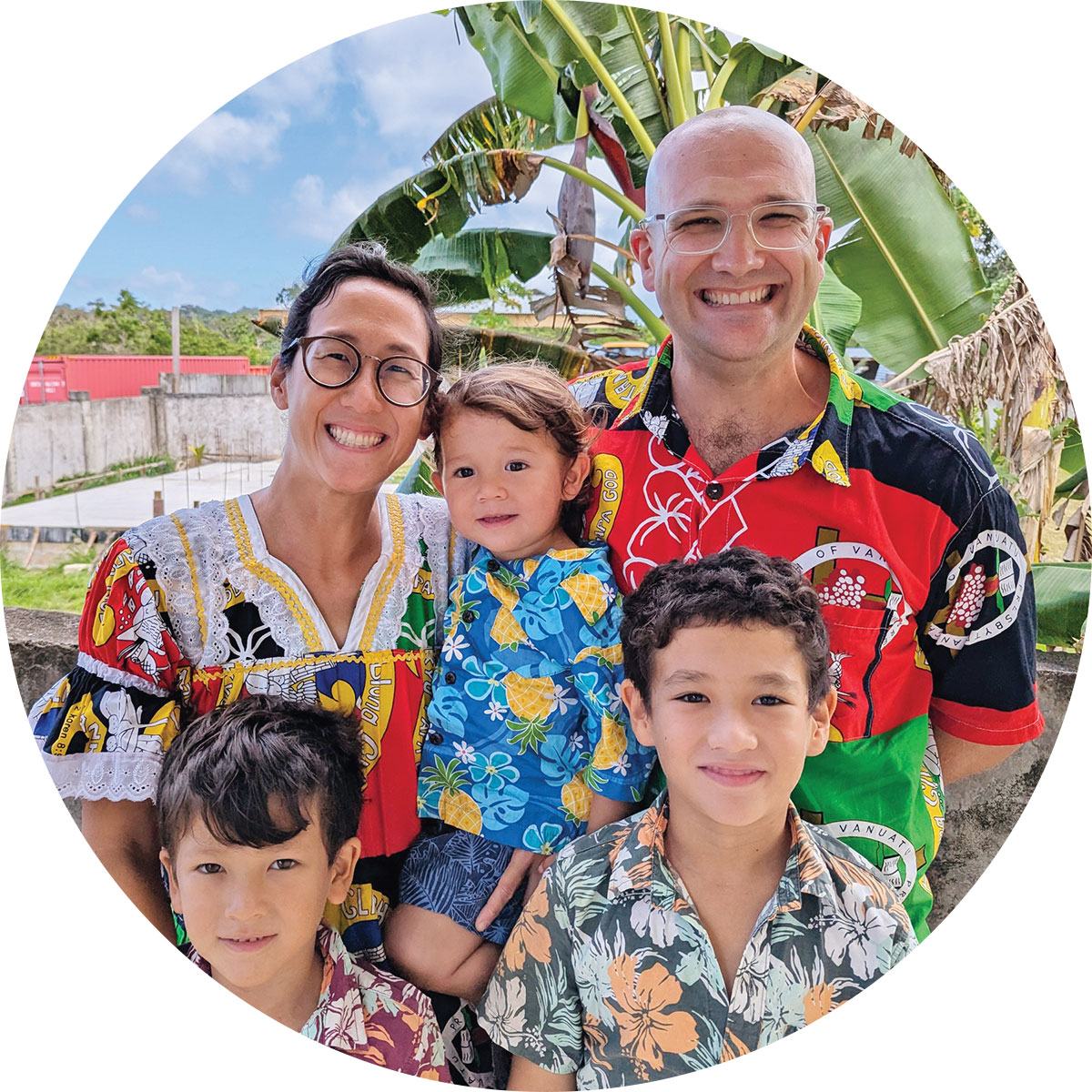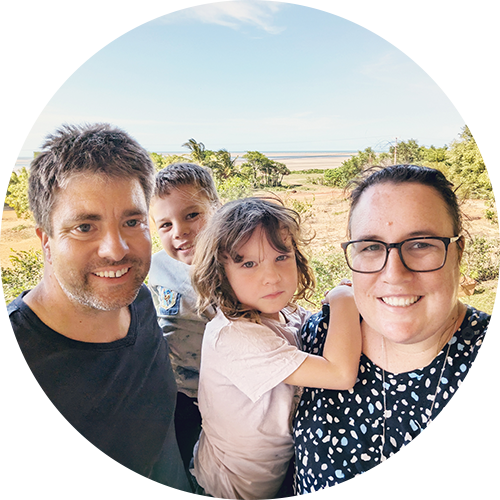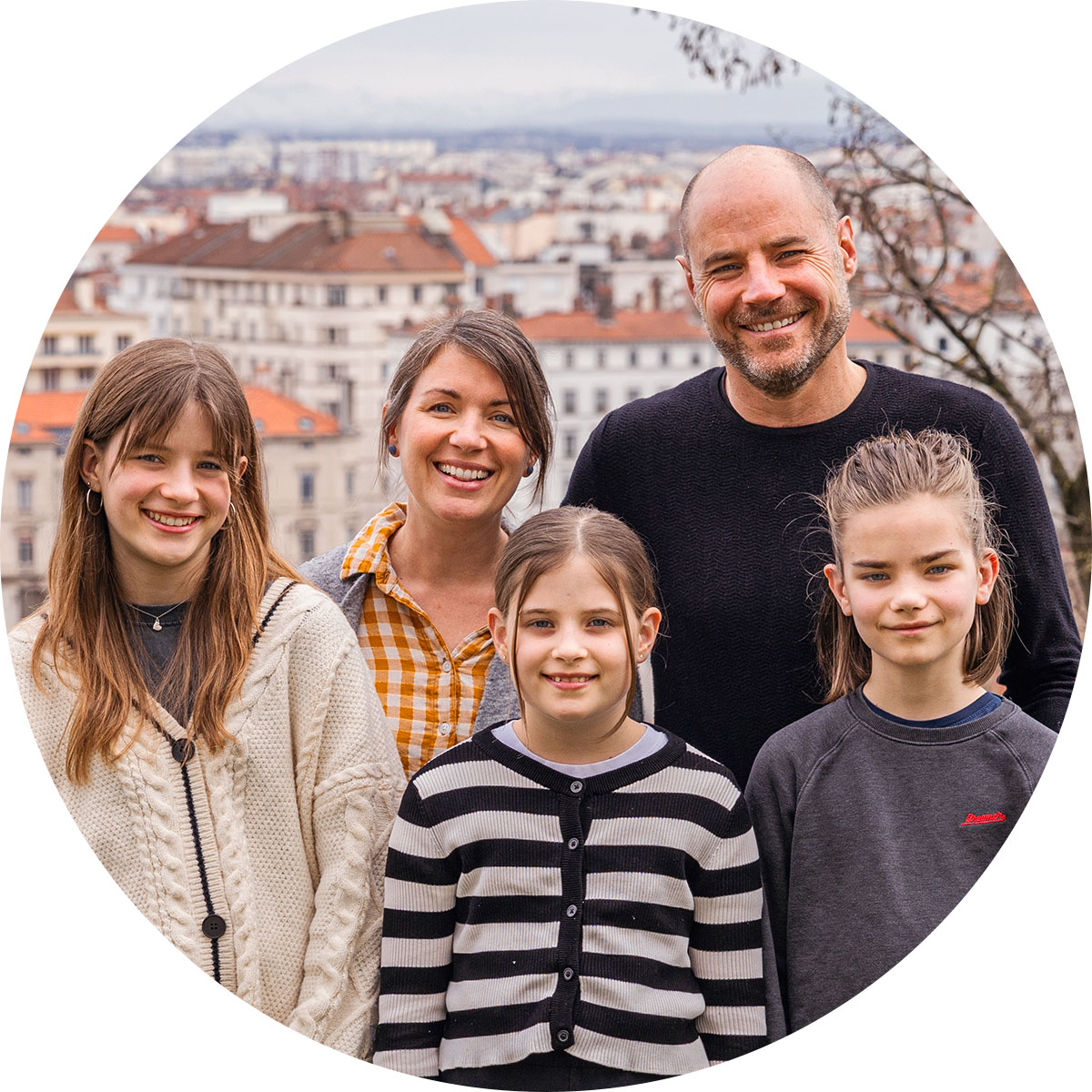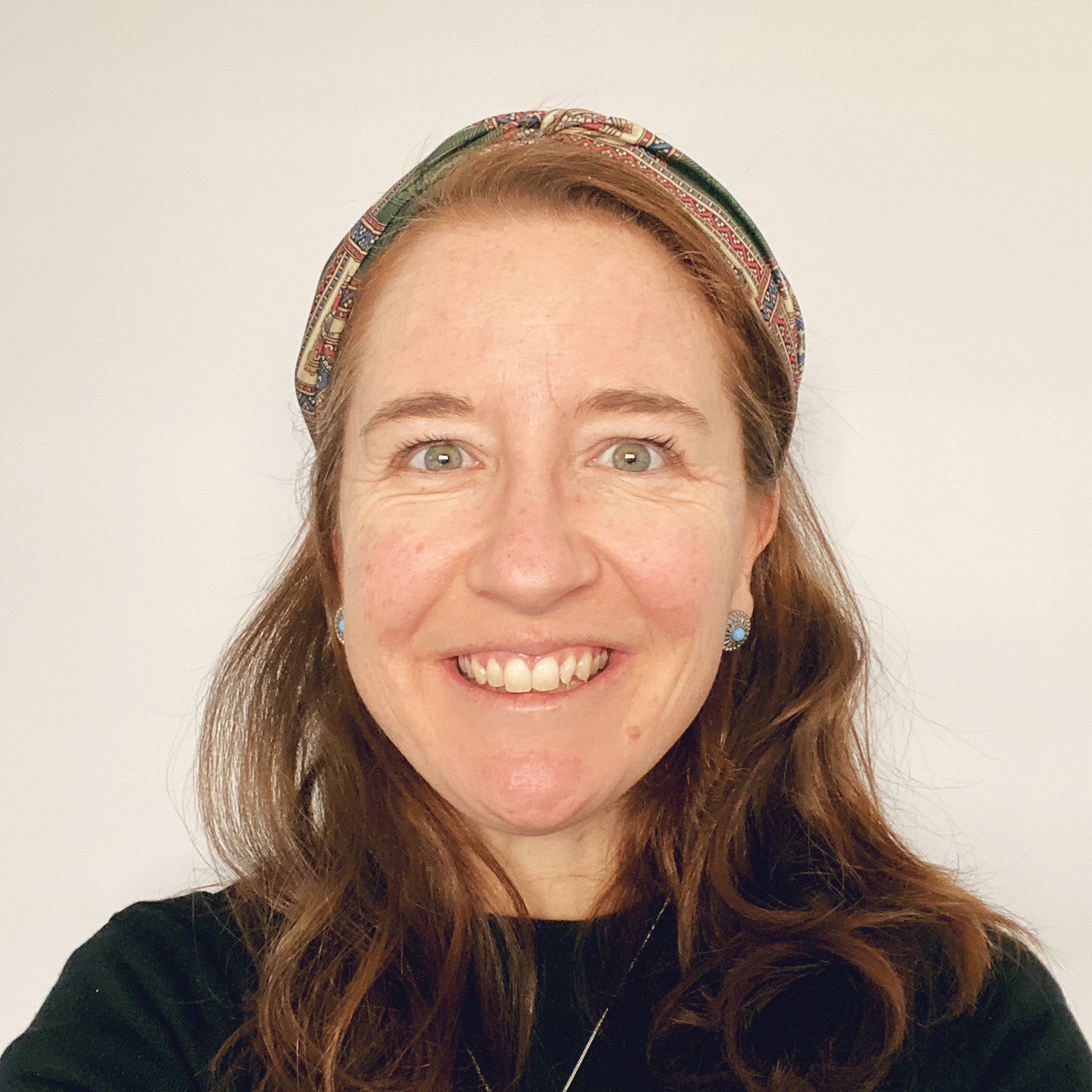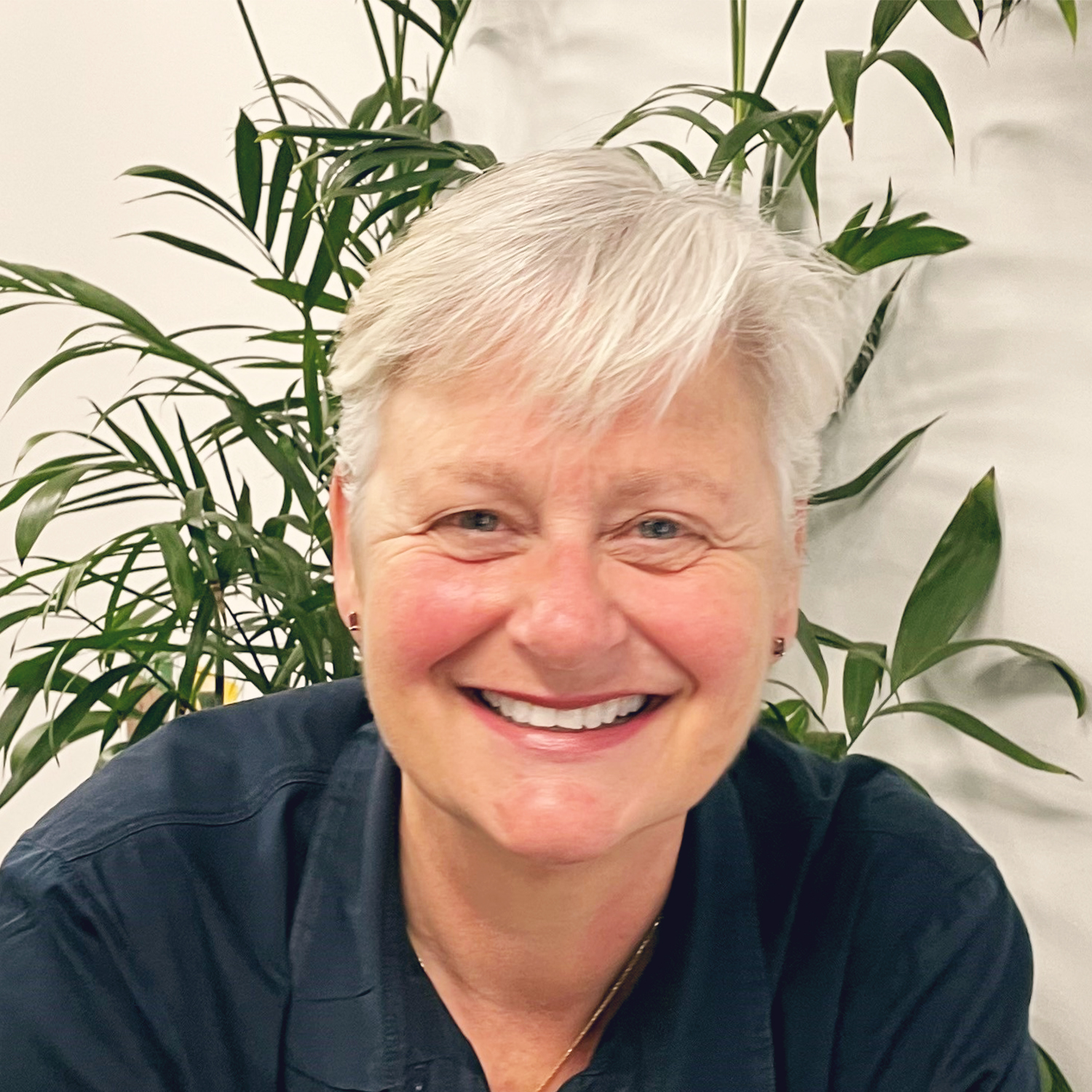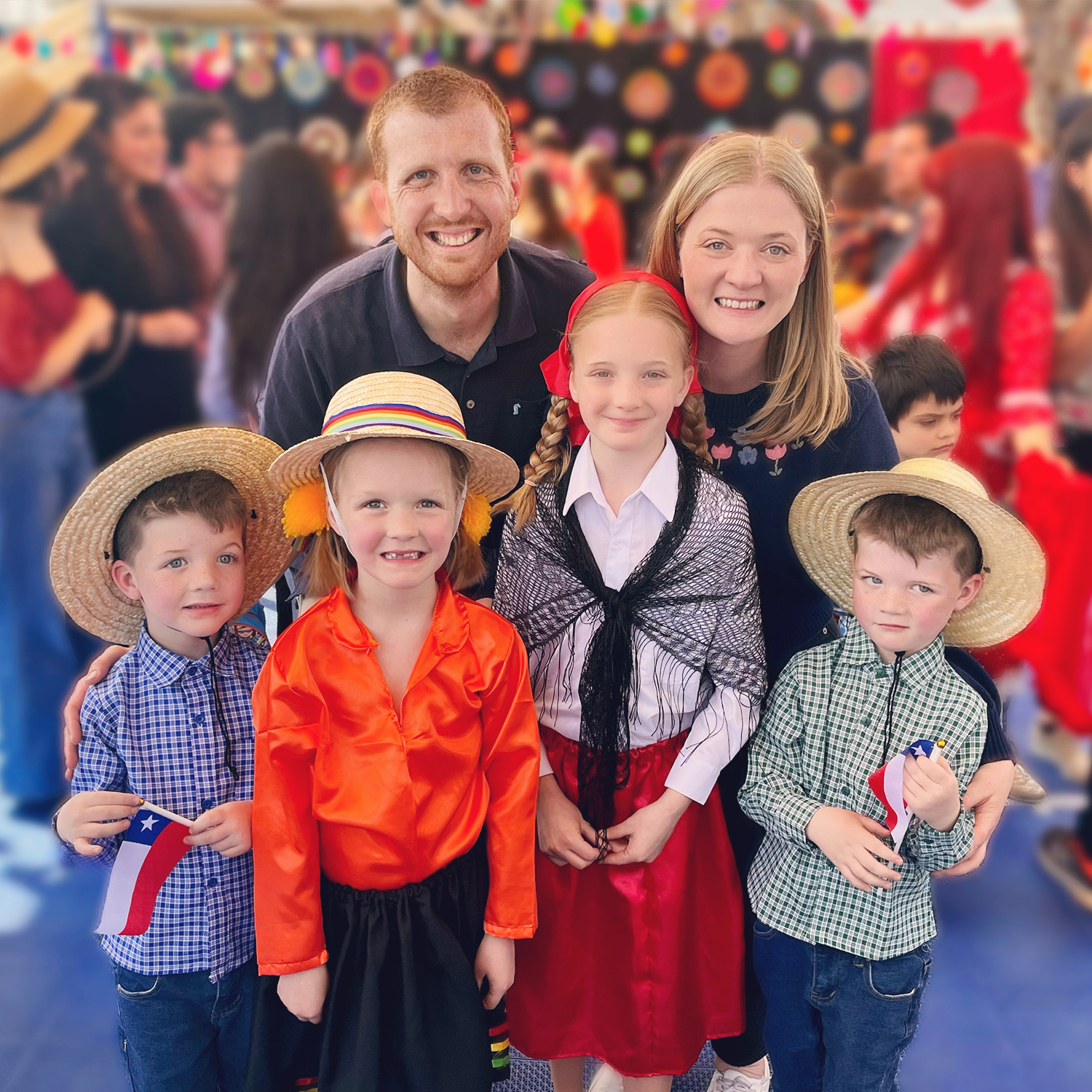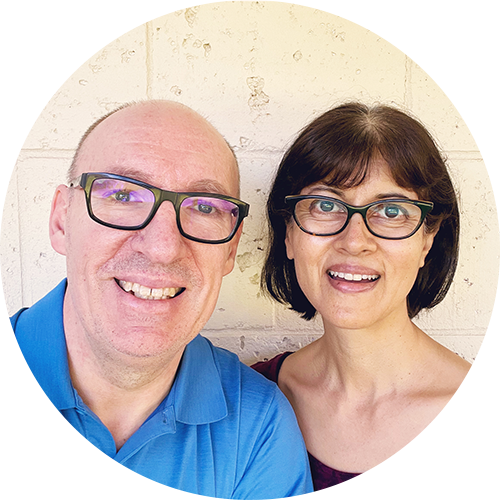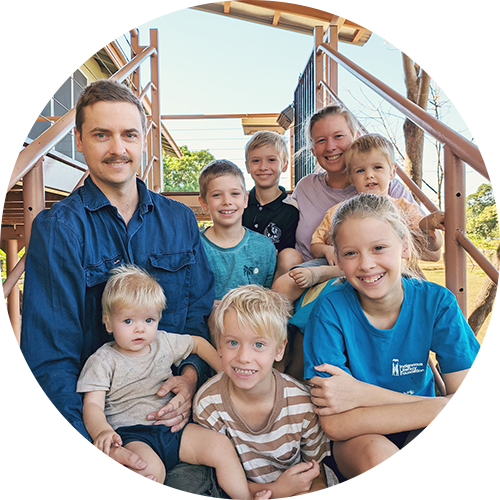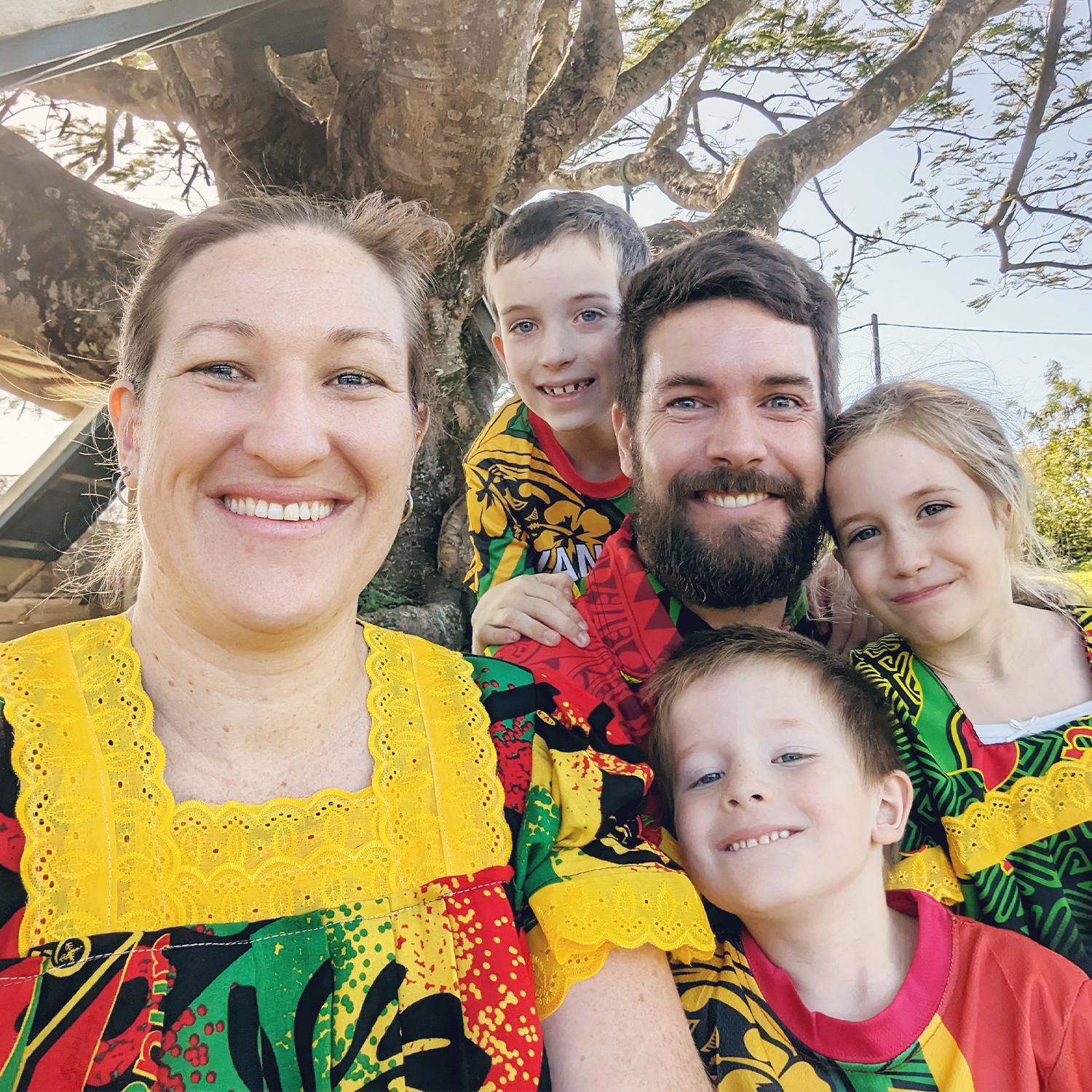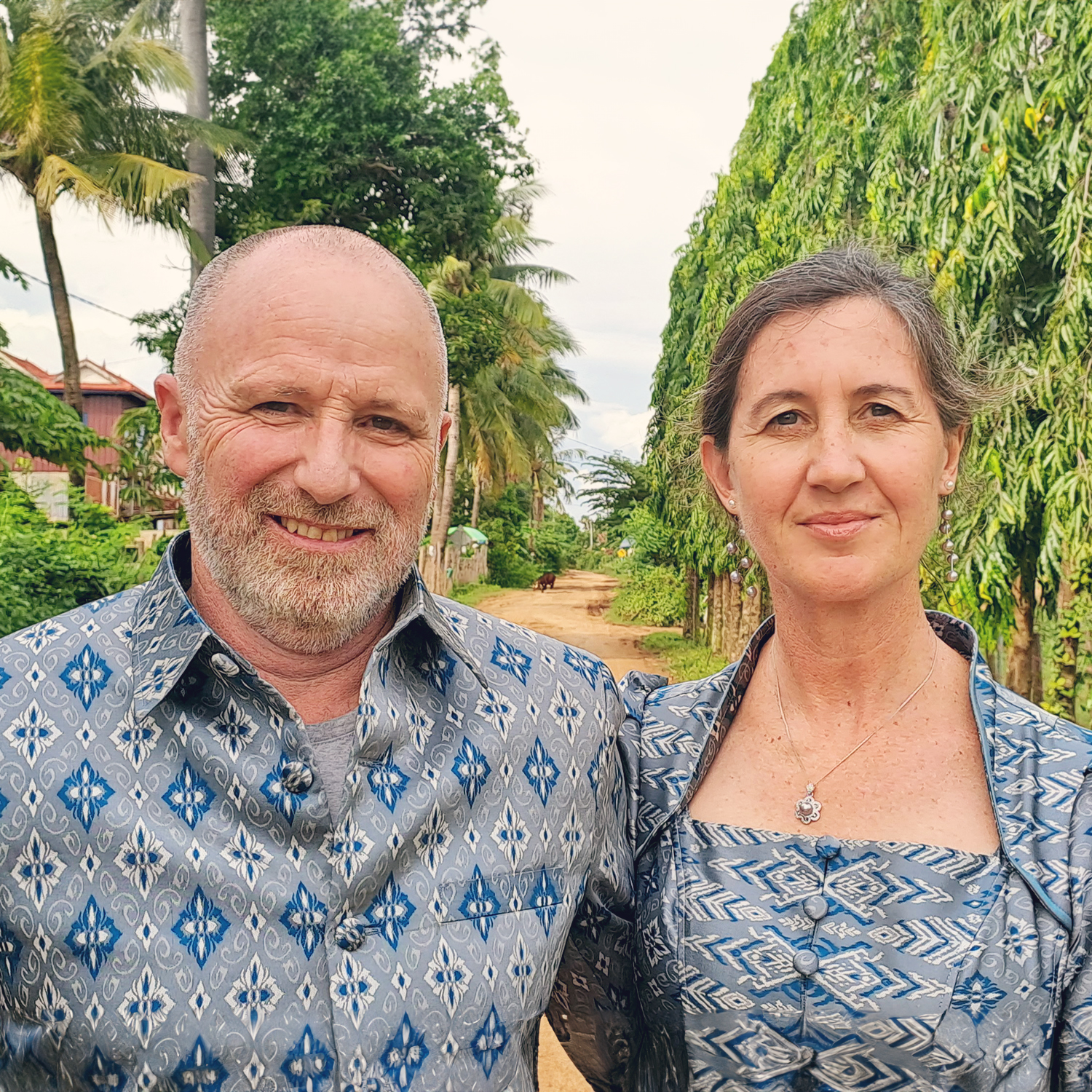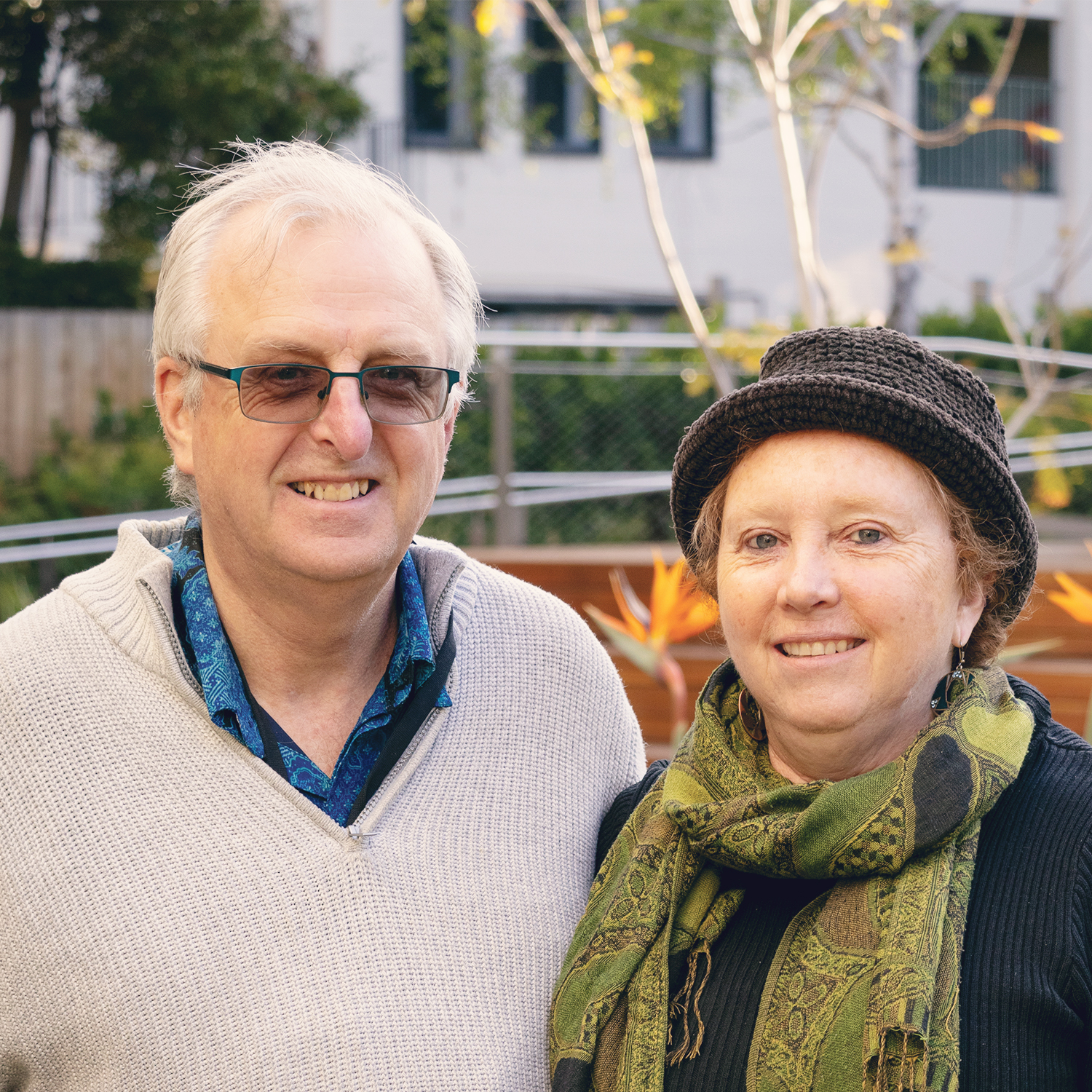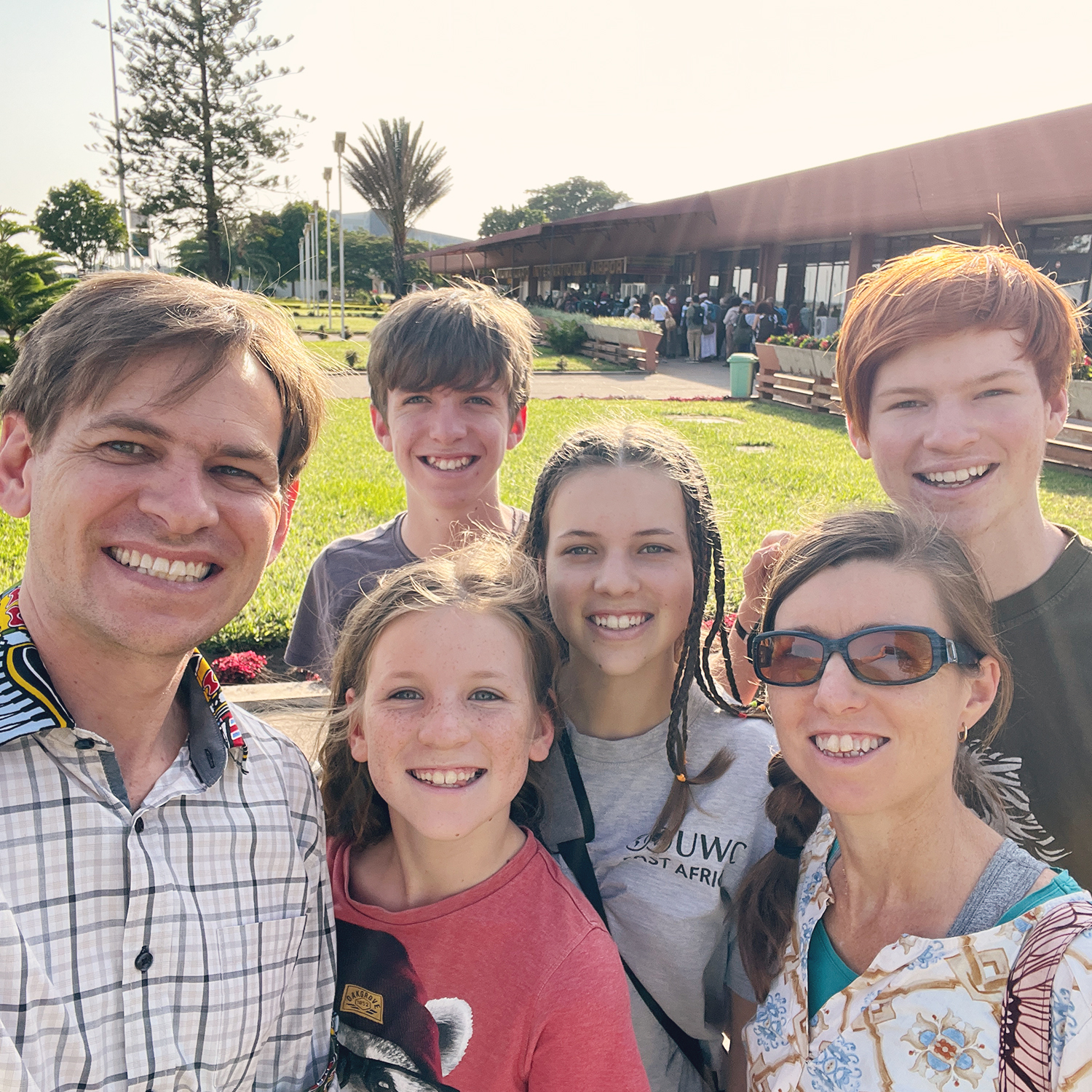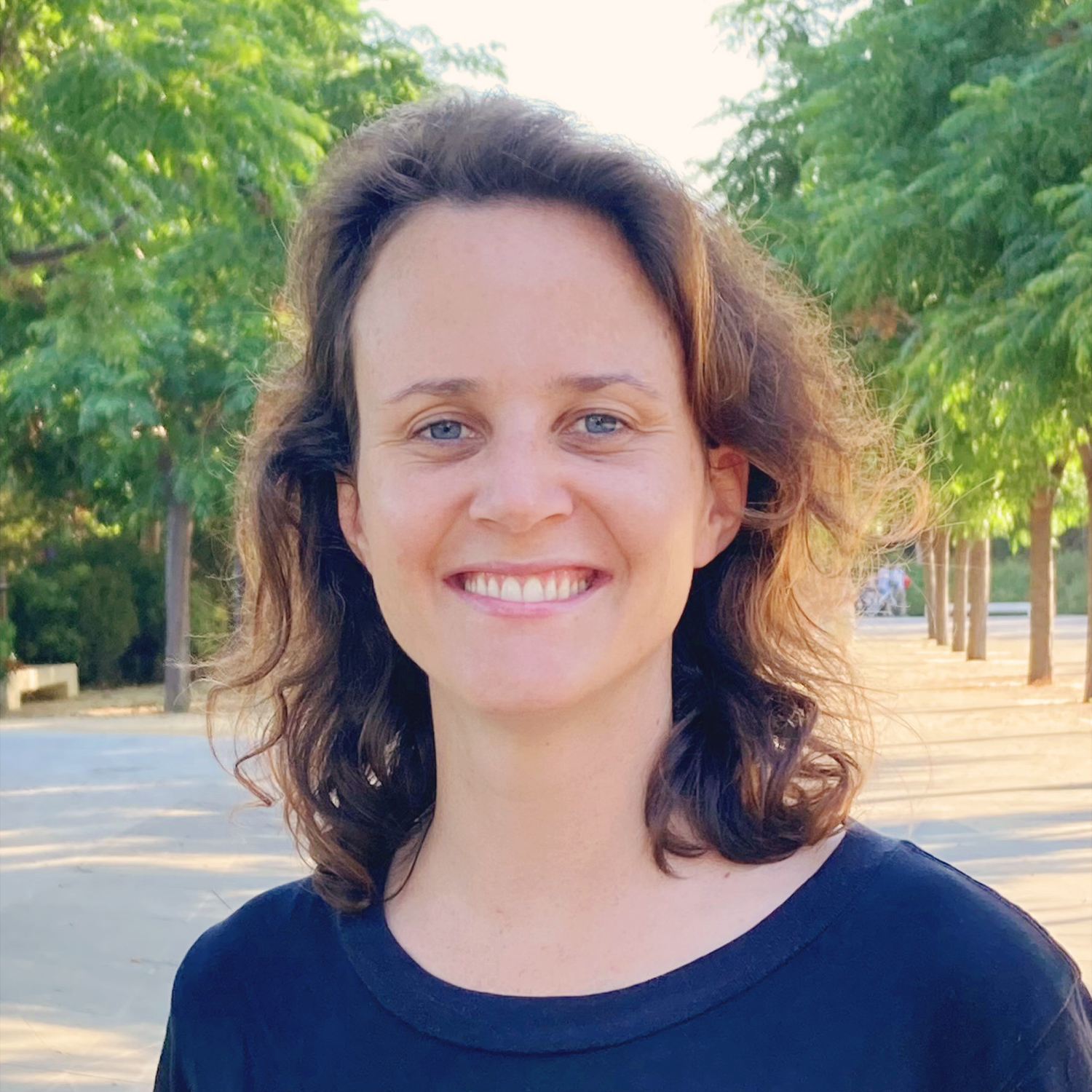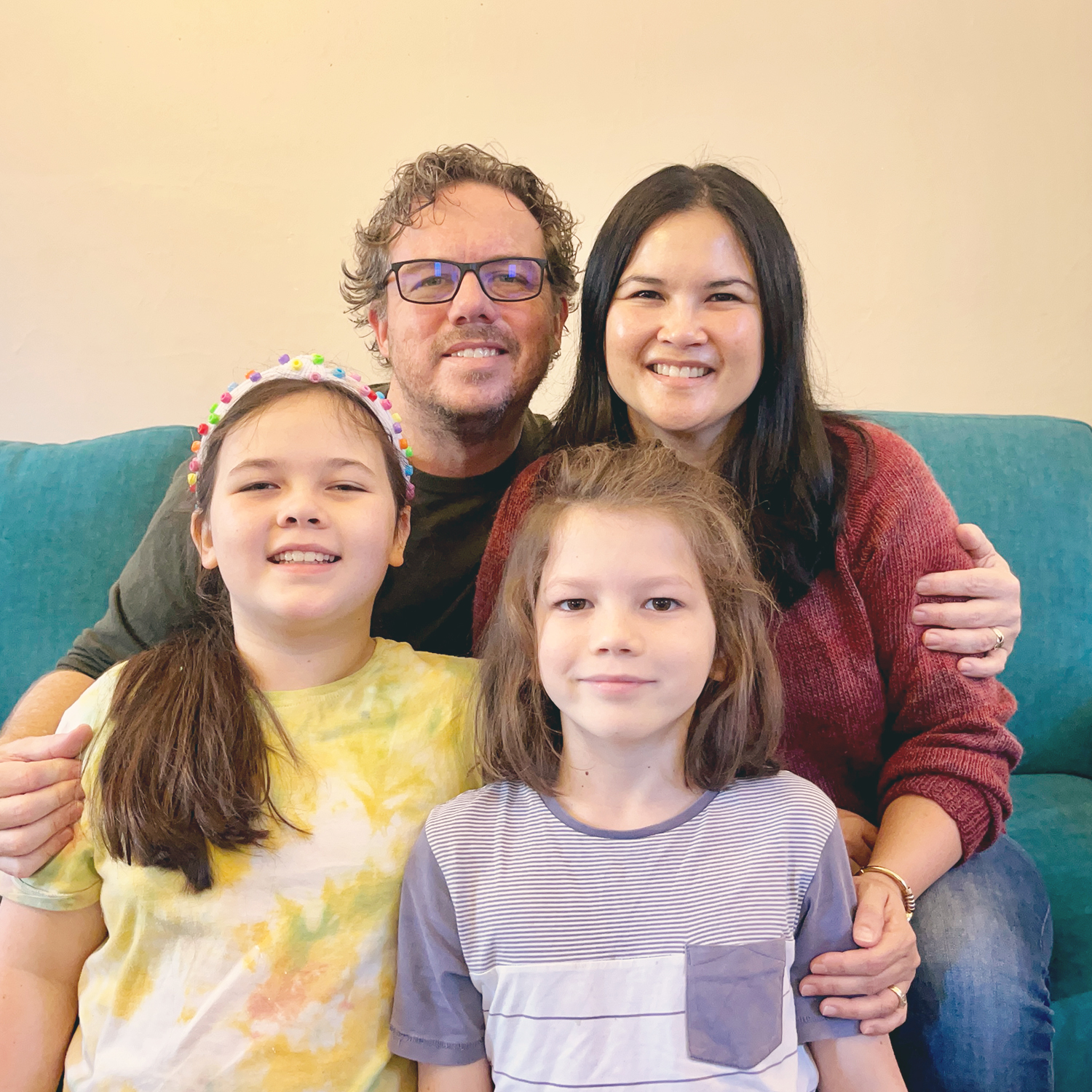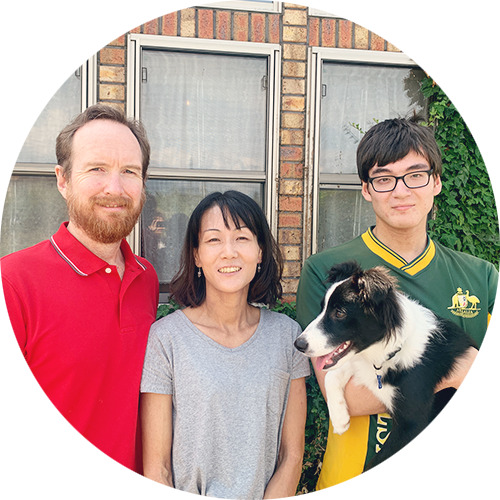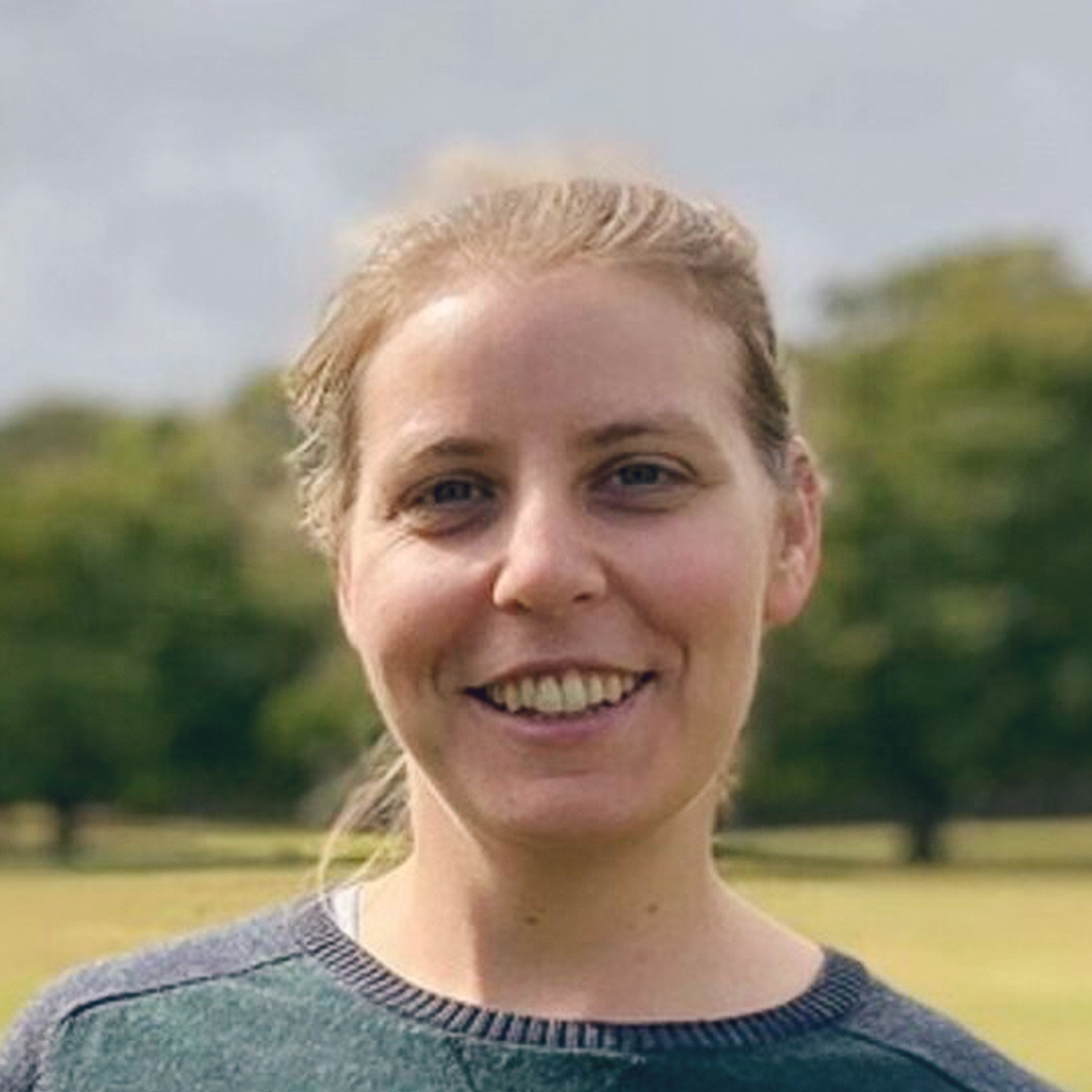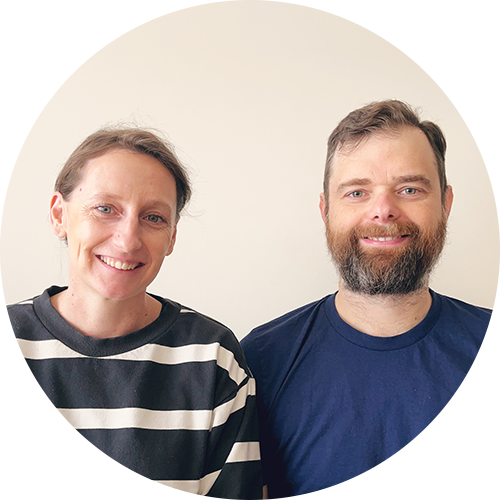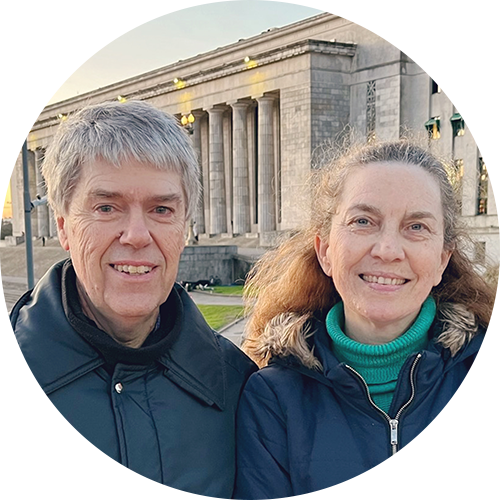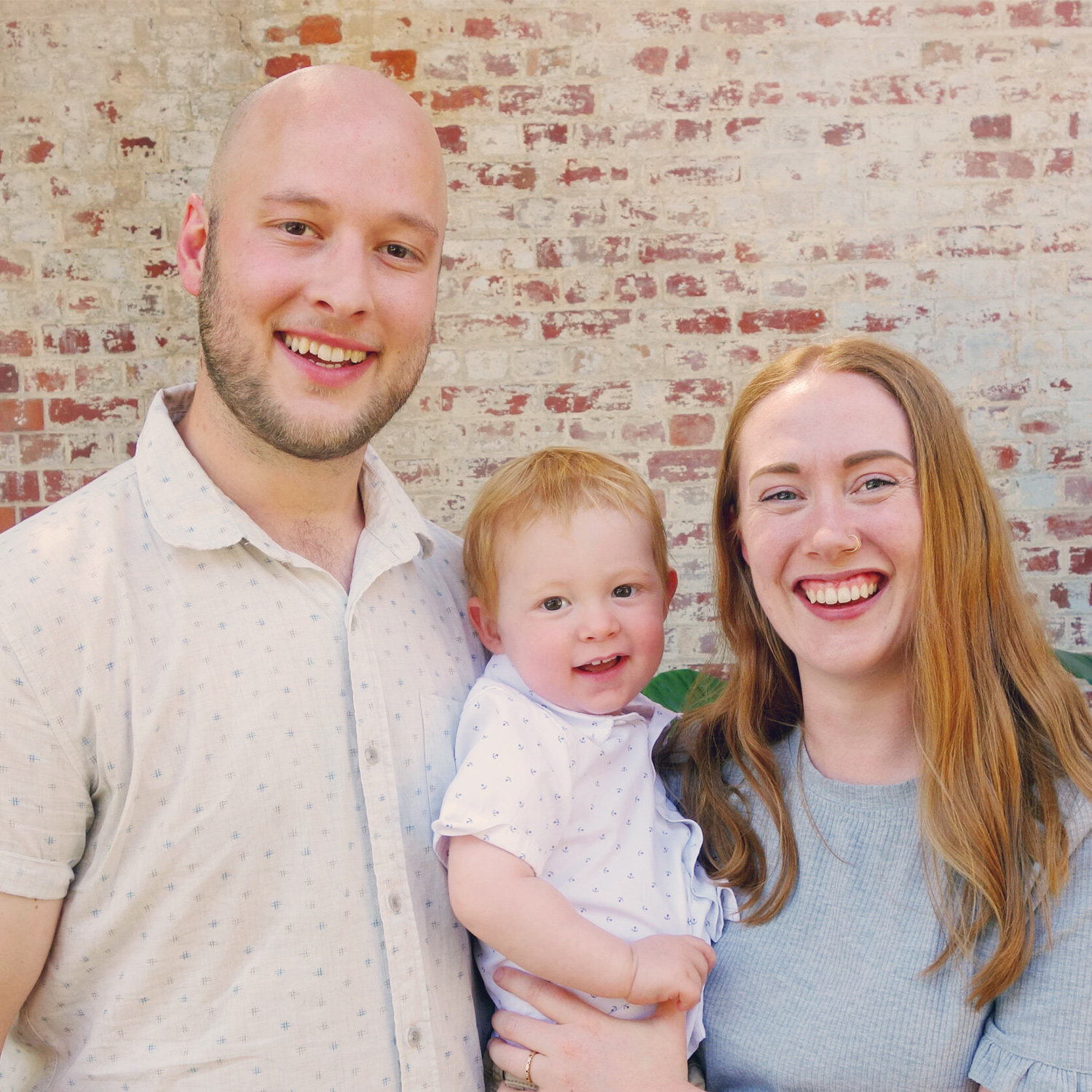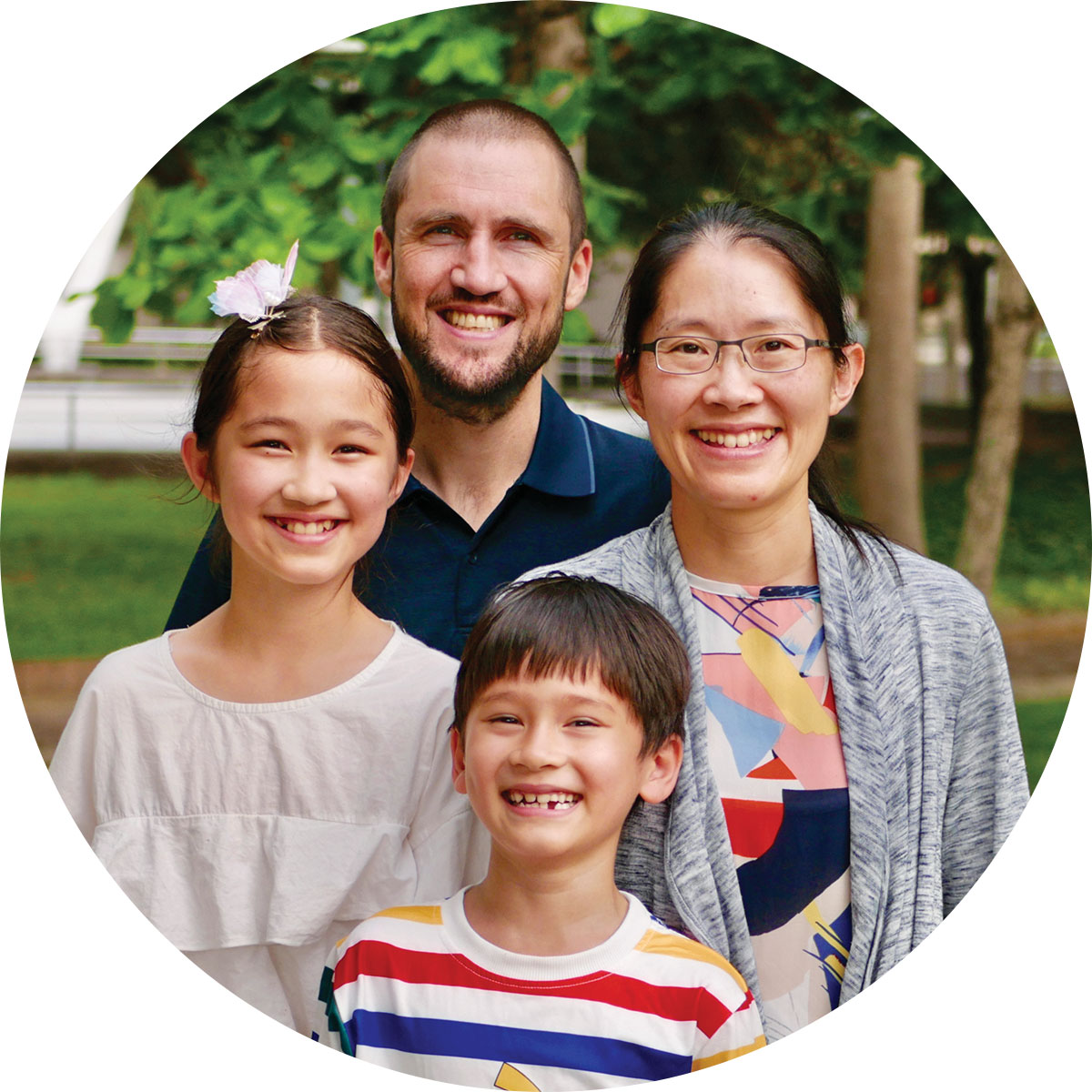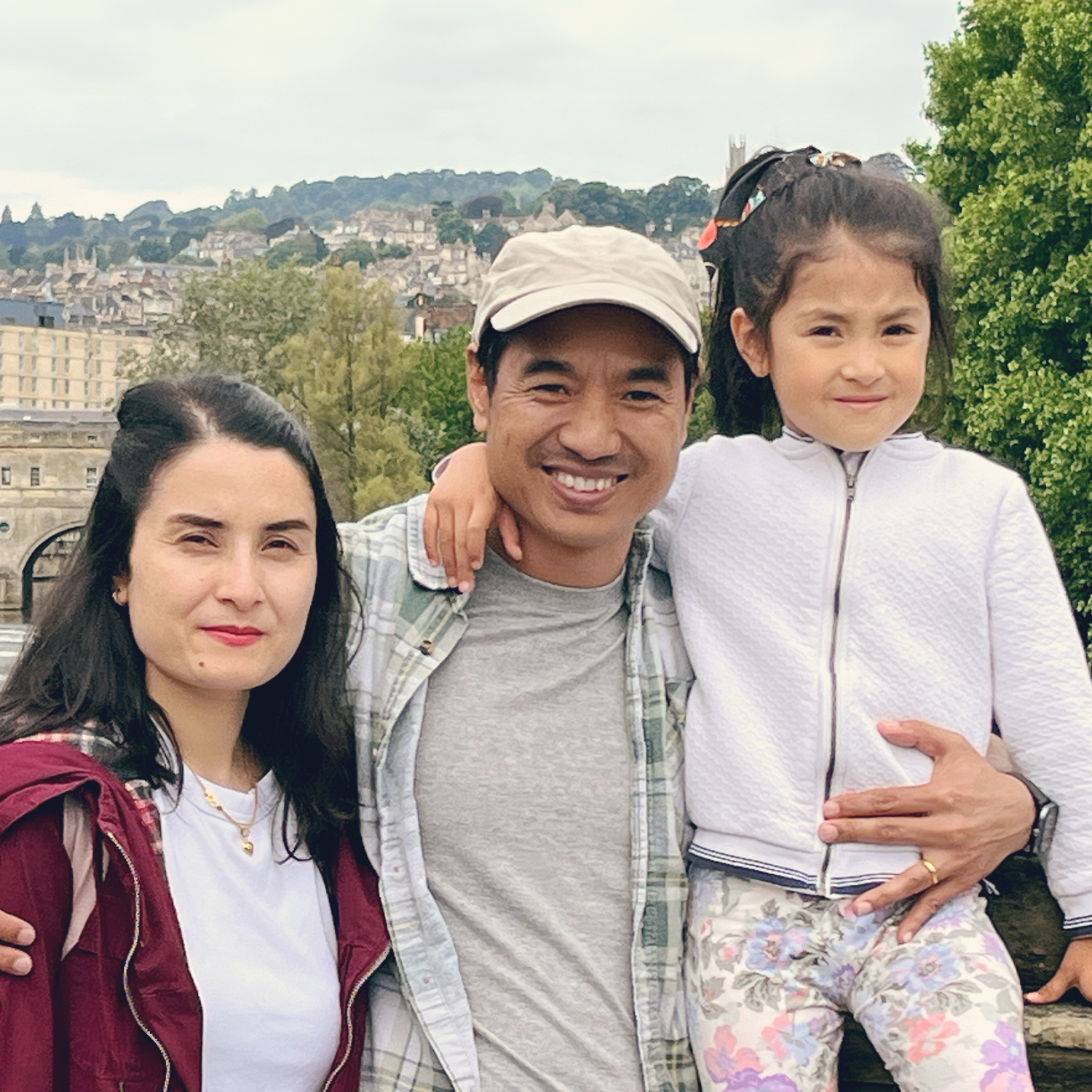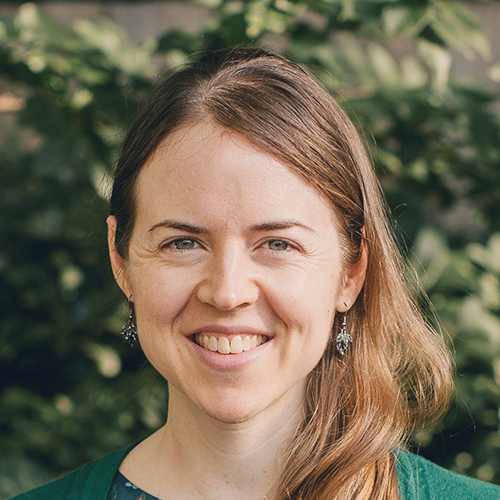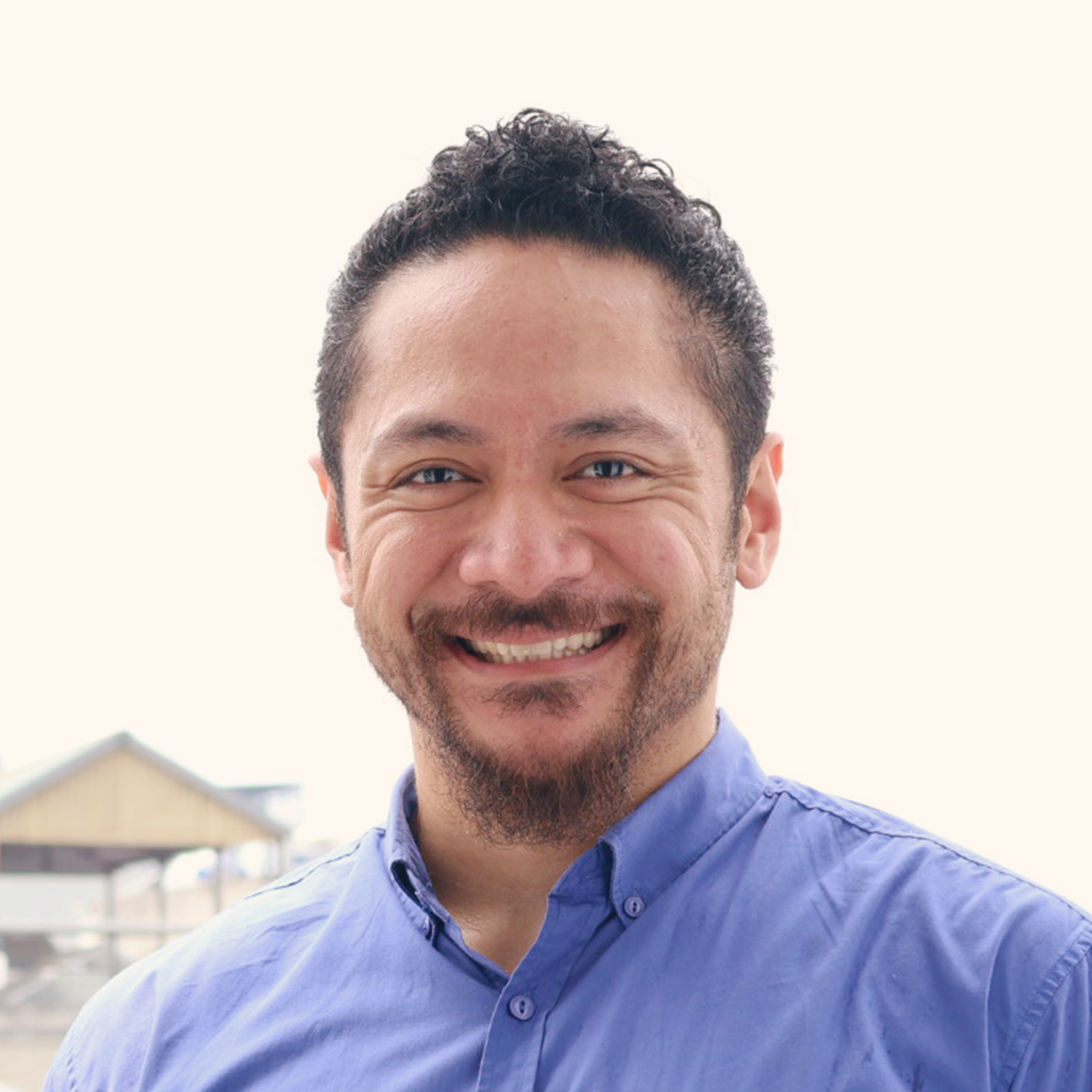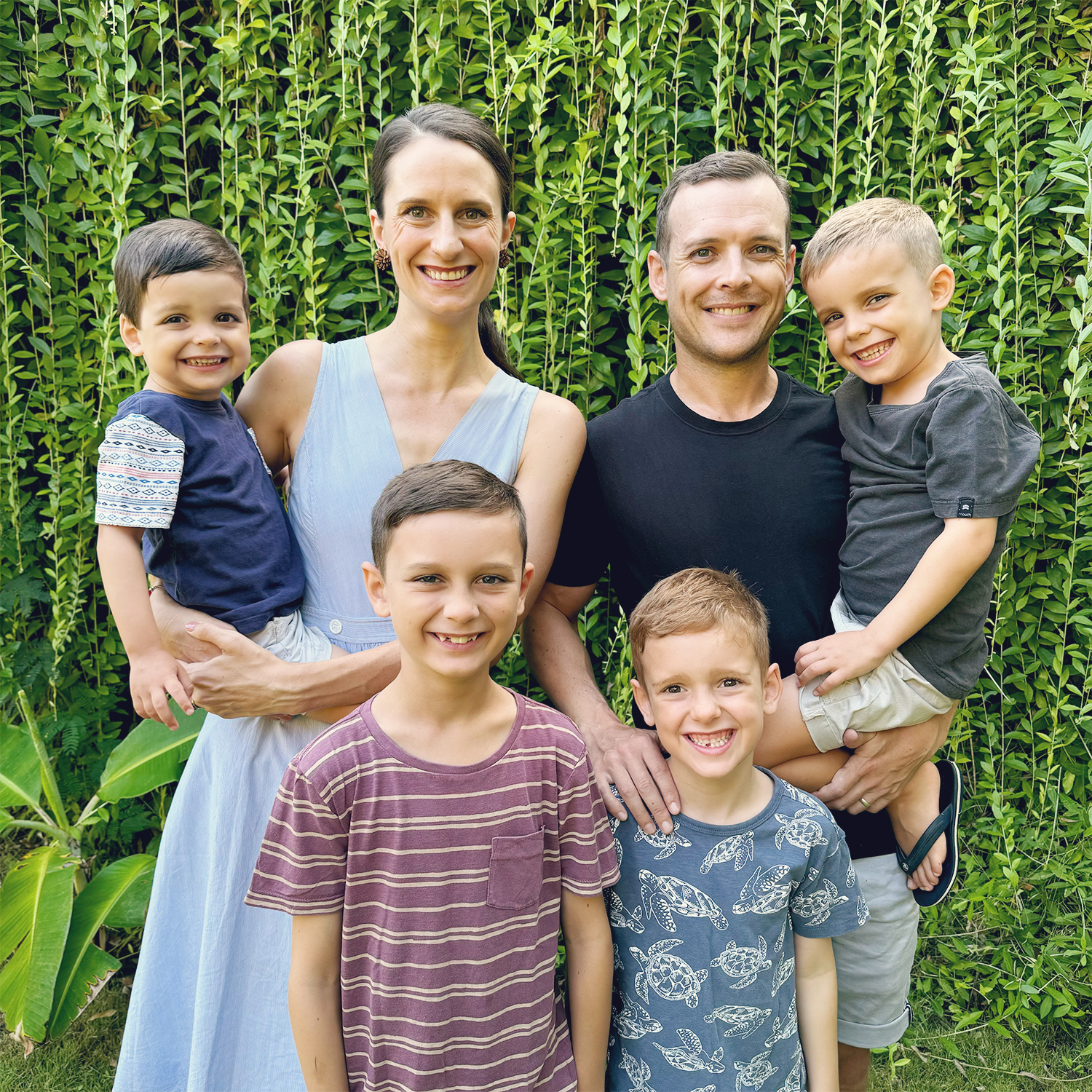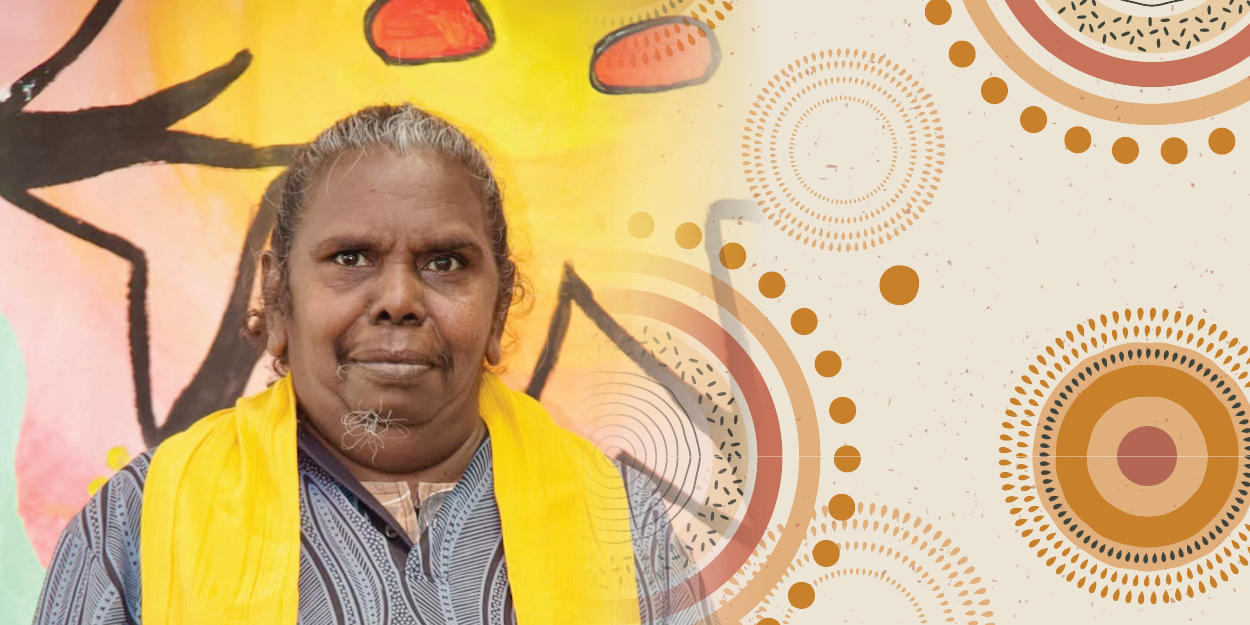Disciple Making Movements Part 2: The Essence of DMMs
David Williams is the CMS Director of Training and Development at St Andrew’s Hall. In this second article in a five-part series exploring ‘Disciple Making Movements’ or DMMs, David explores what is the main features of ‘Disciple Making Movement’ (DMM) praxis. Part one in the series is here. Part three in the series is here. Part four is here. Part five is here.
The aim of DMMs is to create a movement: that is, a movement of people to faith in Jesus Christ. DMMs define a movement by focussing on four measurable factors:
1. a set amount of time
2. several generations of group expansion
3. the total number of groups and
4. the total number of disciples.
(What is meant by the second factor, ‘generations of group expansion’ looks like this: if a group of disciples gives birth to a second group, this would be two generations of growth. If the second group gives birth to a third group, that is a third generation. If the first group gives birth to two or three other groups, they are still second-generation groups).
Putting all this together, an example of a movement might be this: that over a three-year period we see at least four generations of groups, with at least 75 groups made up of at least 500 disciples. Different organisations use different numbers to define a ‘movement’, but they are typically within the range that I’ve suggested. It is important to stress that ‘over a three-year period’ means three years from the start of the movement (not three years from the start of missional engagement in a particular context). Many years of preparatory work are likely to be required before a movement begins.
The essence of DMM work is to see disciples making disciples, to see groups generating more groups. DMMs focus on enabling local disciples to be disciple-makers. The missionary’s role is not usually to gather groups together, but to facilitate and enable local people to form groups that then replicate themselves.
While there are many approaches to the specifics of DMM practice, Sinclair helpfully outlines three main phases—preparatory, early and advanced phases.[1]
The preparatory phases
The preparatory phase of DMM work is characterised by two main elements. The first is committed, passionate prayer that seeks God’s blessing and intervention. DMMs are clear that it takes a work of God to create a movement. The second preparatory phase is extensive relationship building within a community. The aim is to develop a wide network, with a particular focus on identifying people who might be sympathetic and open to exploring God’s word. These people are gatekeepers into a community—sometimes called a ‘person of peace’ (see Luke 10:5-6). Different DMM approaches understand the ‘person of peace’ concept in different ways. Some think that Jesus’s teaching in Luke 10 is prescriptive, some that it is a pattern for ministry without being prescriptive, others that it is simple wisdom to work with those who are most welcoming and hospitable.[2]
The early phases
The early phases of DMM ministry aim to gather Discovery Bible Study (DBS) groups. These groups are often established and led by local leaders; if they are initially led by an outsider, the aim would be to move to a local person within two or three meetings. A set of Bible passages or Bible stories will be studied by the group, with the set of passages aimed at enabling participants to become followers of Jesus. DBS methodologies vary but share a core structure. They aim to create caring relationships between group members. Genuine sharing and inter-personal accountability is intended to lead to deep friendships. In the context of these friendships, group members listen to and reflect on a Bible passage before discussion develops in four broad areas: First, what does the passage say about God and/or Jesus; second, what does the passage say about humans; third, what do I need to do in response to this, and how might I need to change; fourth, to whom can I tell this story?
The last two of these four areas are significant because they relate to core DMM assumptions. Asking participants what they might need to change in their lives in response to Scripture is rooted in ‘obedience-based discipleship.’ Obedience-based discipleship argues that the Lord Jesus worked with the twelve apostles to enable them to become disciples over years of ministry. He discipled them from the start. He did not only disciple them after they had prayed some kind of prayer of commitment. DMMs point out that the Great Commission says “teach them to obey everything I commanded.”
Asking participants to share the Bible story with others is rooted in the assumption that group members are the most effective at inviting their friends and neighbours to participate in DBS. This echoes Donald McGavran’s advice to pursue family networks out ‘to the last 2%’, by which he meant that we should aim to reach not only a person’s spouse and children, but also their great auntie, third cousin, and so on.[3] At some point, the aim is for a seeker group to become a believer group. And the aim of all groups, whether seeker groups or believer groups, is that they should multiply from the beginning.
The advanced phases
Advanced phases of DMM ministry continue with DBS but focus on Bible passages that move believers towards greater maturity, towards more formal structures of gathering and (for some) towards Christian leadership. Coaching leaders becomes a key strategy for leadership development, while coaching methodologies are fundamental to DMMs throughout every phase. Several DBS believer groups may coalesce to generate more formal church structures.
These three phases provide a broad outline of DMM methodology. Some approaches to DMM move through these phases by using the structure provided by a specific program. Others may not be committed to a single methodology.
At the heart of DMM missiology lies a passionate desire to see many people come to faith in the Lord Jesus Christ. This passion is expressed in a genuine depth of prayerfulness and in a willingness to remove as many ‘glass ceilings’ as possible that would otherwise slow gospel growth.
References Cited:
McGavran, Donald A. Understanding Church Growth. 3rd ed. Grand Rapids, MI: Eerdmans, 1990.
Sinclair, Daniel. Mission Possible: Defining and Empowering Your Ministry among the Unreached. Blackie, AB: MOF Publishing, 2021.
[1]Daniel Sinclair, Mission Possible: Defining and Empowering your Ministry among the Unreached (Blackie, AB: MOF Publishing, 2021), 54.
[2]David Garrison, Church Planting Movements: How God is Redeeming a Lost World (Monument, CO: WIGtake Resources, 2004).
[3]Stan Parks and Dave Coles, 24:14: A Testimony to All Peoples (Spring, TX: Self-published, 2018).

